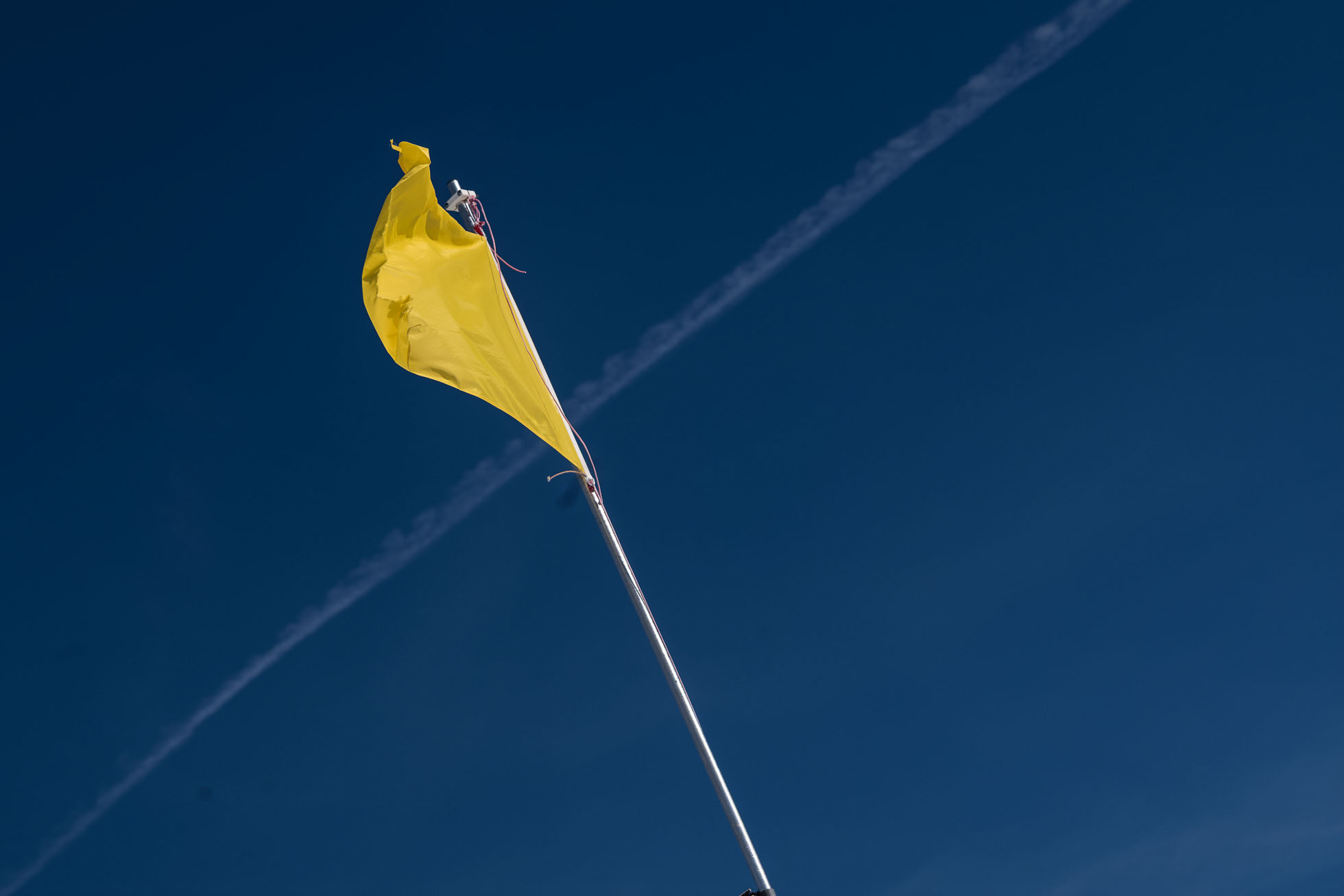
LHSA Presentation
October 4th 2018 Wetzlar
Notes of a Leica Beta Tester
Leica M10 with 50mm APO Summicron
Introduction
This talk was given to the 50th Anniversary meeting of the LHSA at the Leica headquarters in Wetzlar. People were kind enough about it to make me feel emboldened to put it on my website. Thank You everyone who listened.
First of all I must congratulate the LHSA on reaching it’s 50th birthday, still vibrant and increasingly taking advantage of the possibilities of the Internet and Social Media.
In particular I would like to thank Bill Rosauer (the editor of the Viewfinder magazine) for his encouragement over the last few years, and Kirsten Vignes
(their layout artist) who manages to make all the articles look beautiful and interesting. It’s fantastic that there is still a printed version of the magazine, and that it is always a fascinating read.

Leica M10 with the 28mm Summilux Asph
It’s worth mentioning here that my NDA means that I can only talk about things I don’t know about, which means that if anything seems like a prophecy, I’m sorry to say that it’s only a guess!
So, to alleviate the boredom, I decided to scatter my talk with pictures of pets and children.
It’s just over ten years since I received my first Leica for testing (the M9), since then I’ve had thousands of emails from all over the world and what has become increasingly clear is that testing Leica cameras is the job that everyone wants to do.
The purpose of this talk is to persuade you all that it is actually an arduous and challenging task and the envy of the world Is quite misplaced.
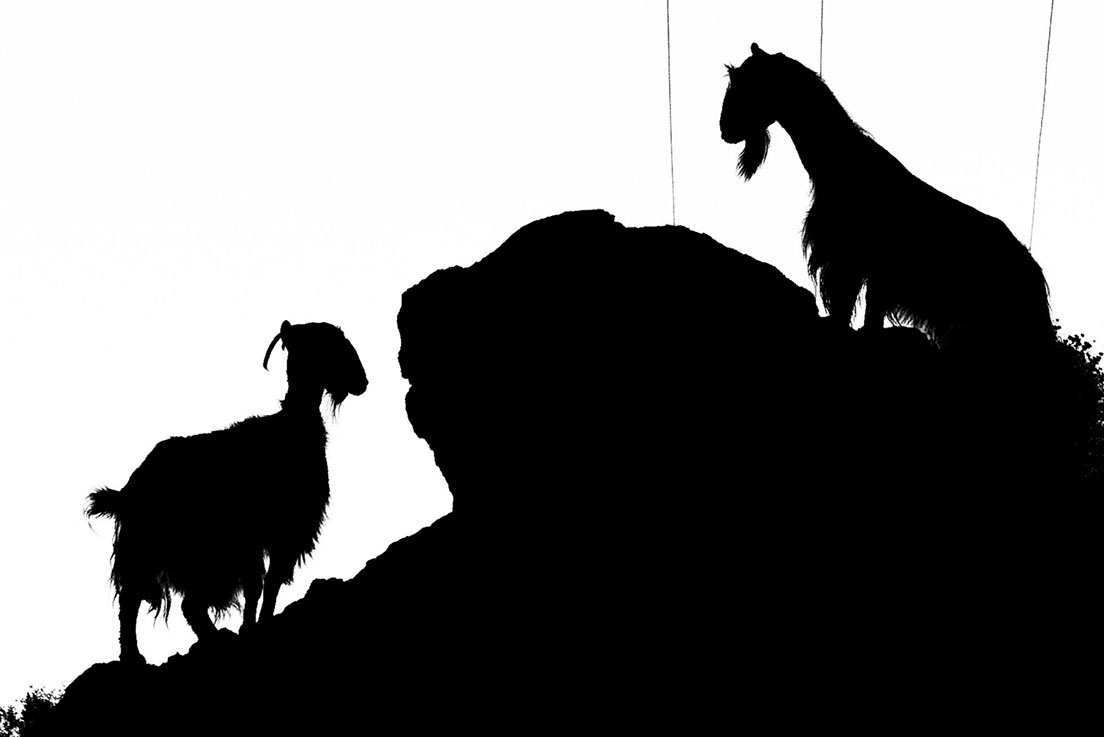
Leica M9 with the 50mm Summilux Asph
How it All Began
I am a relative newcomer to the LHSA, and also to Leica. I bought my first camera (a beautiful mint silver M7) from ebay late one evening in 2007, a few glasses of wine had encouraged me to think I could afford It.
In those days paypal wasn’t quite so ubiquitous and I had to meet up with a guy at Tower bridge with £1200 in my pocket. I fell in love immediately, The same day I bought a 50 ‘cron and a 90 Elmarit secondhand from Ivor Cooper at Red Dot Cameras.
By that time I was already very much digitised, shooting mostly with Kodak and Nikon dSLR cameras, I quickly bought an Epson R-D1 to shoot digital with my lovely new M lenses, it was a delightful and quirky camera, based around the Voigtlander Bessa, but very much showing it’s Seiko heritage as well.
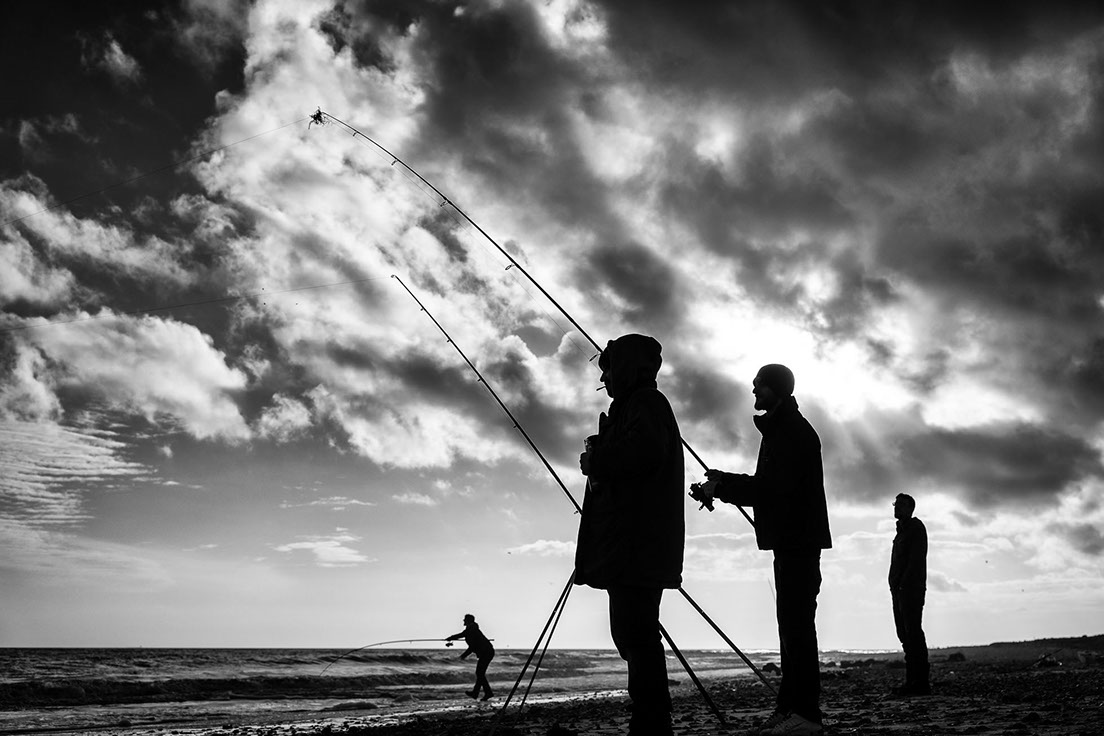
Leica SL with 24-90 Vario Elmarit Asph
When the M8 was announced I was incredibly excited, I managed to get one of the very first cameras from the Leica store in Lewes in Sussex. I can still remember sitting in a café opening the box and wondering at my new camera.
When designing the M8 Leica had known that for it to work well with M lenses it was important to make the coverglass on the sensor as thin as possible. The disadvantage of this was that it was harder to remove Infra Red wavelengths which could potentially have an effect on colour.
So it proved, and there were very soon reports of black synthetic materials coming out purple in images (I suppose one could argue that you shouldn’t take pictures of synthetic materials with a Leica).
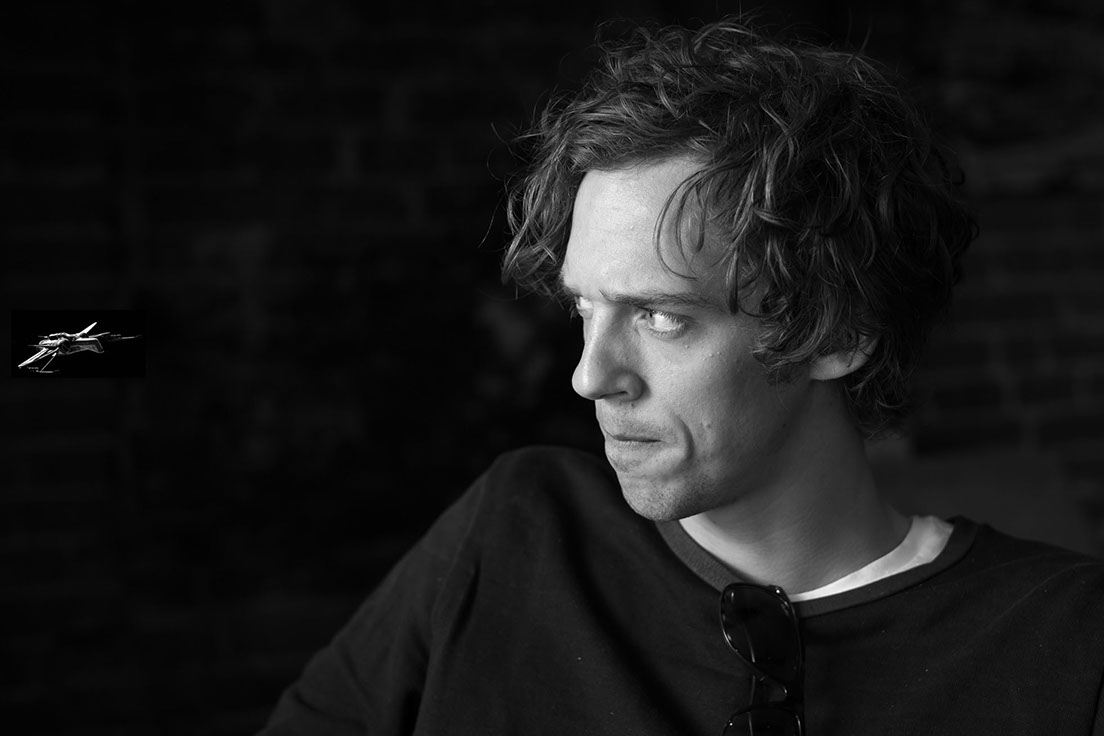
Leica M Monochrom with 50mm Summilux Asph
To limit the damage, Leica offered all early adopters a couple of IR filters free of charge and a big discount on a lens. I chose the WATE (the 16-18-21 tri-elmar) a lens I still own and love.
In addition to the IR problem, there were a number of complaints of colour casts across the frame. Leica had already largely solved this with 6 bit coding and software profiles but there was still work to be done to make it perfect (especially with some wide angle lenses).

Leica SL with 24-90 Vario Elmarit
In the meantime, I had been working with Kodak in Richmond trying to pin down a problem which had become known as the ‘Italian Flag’ (a red-green colour cast across the frame with some Nikkor lenses).
When Guy Mancuso of Get Dpi spoke to Stefan Daniel about finding people to test firmware updates for the M8 he suggested my experience might be useful, and I was signed up.
About 18 months later (in the early summer of 2009) I wondered whether there might be another digital M camera in the pipeline, so, in a spirit of adventure I wrote Stefan Daniel an email asking if I could test the new body.
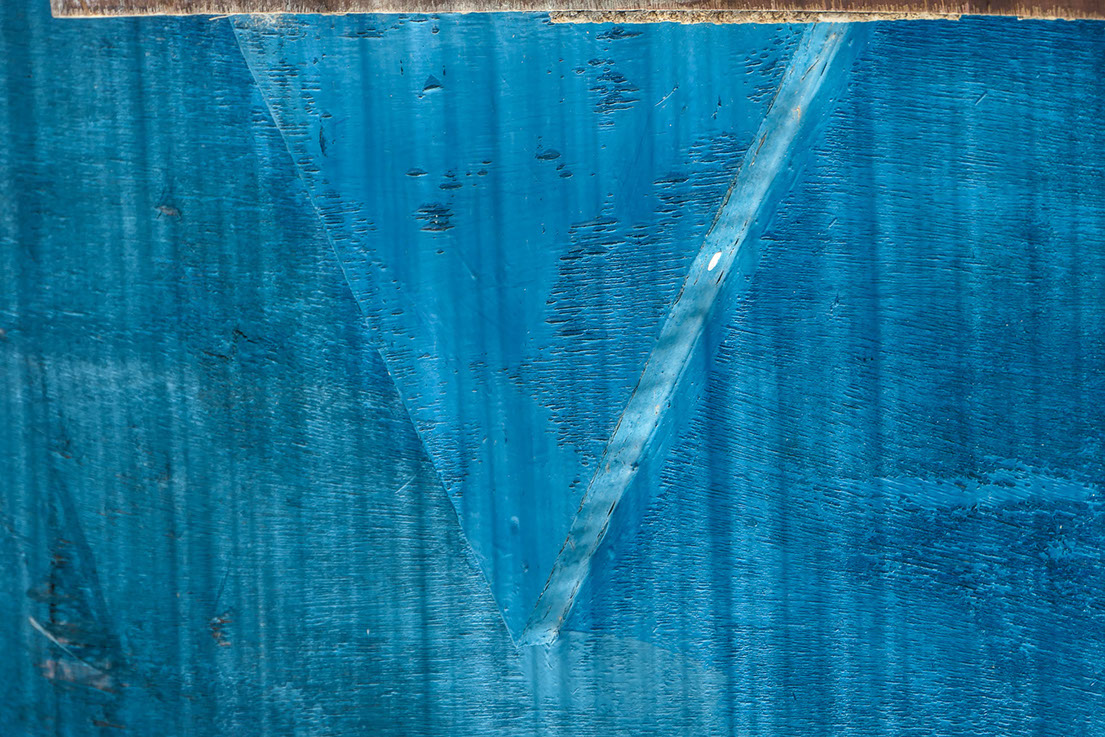
Leica C-:Lux at 56mm
Cameras Tested
- Leica M9
- Leica X2
- Leica M9 Monochrome
- Leica M (240)
- Leica X Vario
- Leica T
- Leica D-Lux (typ 109)
- Leica V-Lux (typ 114)
- Leica X (typ 113)
- Leica Monochrom (typ 246)
- Leica Q
- Leica SL
- Leica S (typ 007)
- Leica M10
- Leica TL2
- Leica CL
- Leica C-Lux
- Leica M10-P
Over the years since then I’ve tested quite a lot of cameras and there are articles about most of these on my website.
I was in Solms 6 or 7 years ago. When I arrived at the works Jesko was still in a meeting so he had left a lens on the counter for me to play with whilst I waited.
At the time there had been rumours of a replacement for the 50 Summicron, and indeed, this seemed to be it.
I took it around the block for half an hour and took some pictures. When I looked at them on my laptop I couldn’t believe my eyes, so sharp, and with such lovely bokeh.
Of course, it was my first sight of the 50 APO Summicron, designed to be the best possible 50mm lenses and still a firm favorite of mine.
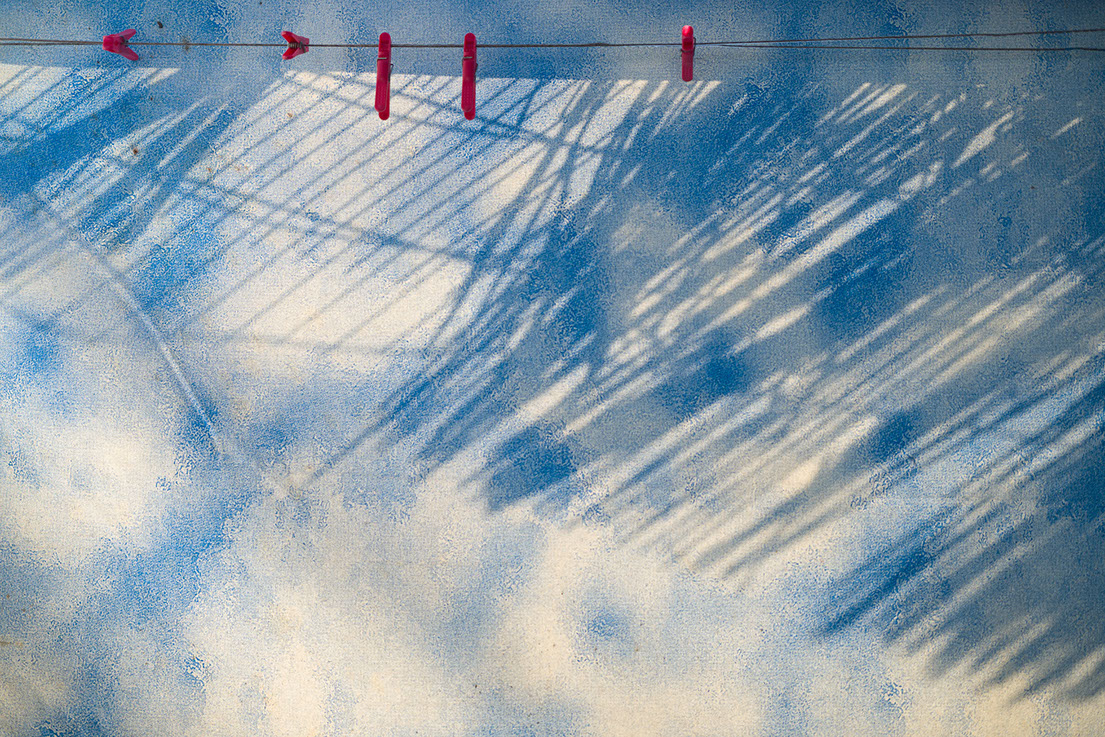
Leica M10 with 50 APO Summicron
Lenses Tested Include
- Leica Summicron 50 APO
- Leica Noctilux f 0.95 Asph
- Leica Summilux 28 Asph
- All the Leica TL lenses
- Leica 24-90 Vario Elmarit SL
- Leica 90-280 Vario Elmarit SL
- Leica 70 APO Summicron SL
- Leica 90 APO Summicron SL
- Leica 16-35 SL Super Vario Elmar
- Leica 75 Noctilux M Asph
Development of cameras usually follows a fairly straightforward path, but lenses are much more unpredictable. Sometimes a lens will be produced in prototype form 3 or 4 years before finally going into production, sometimes it’s much quicker.
Occasionally lenses never see the light of day. Around the development of the M(240) I was lucky enough to spend a short time with the legendary Quatro Elmar, an f4 28, 35, 50, 75 mm true zoom with detents for each focal length to control the framelines. What a great travel lens it would have been, but as I understand it the lens proved too expensive to produce and in the end less than 20 were made.
Thank you to Lars Nepotil for filling in the details about this lens
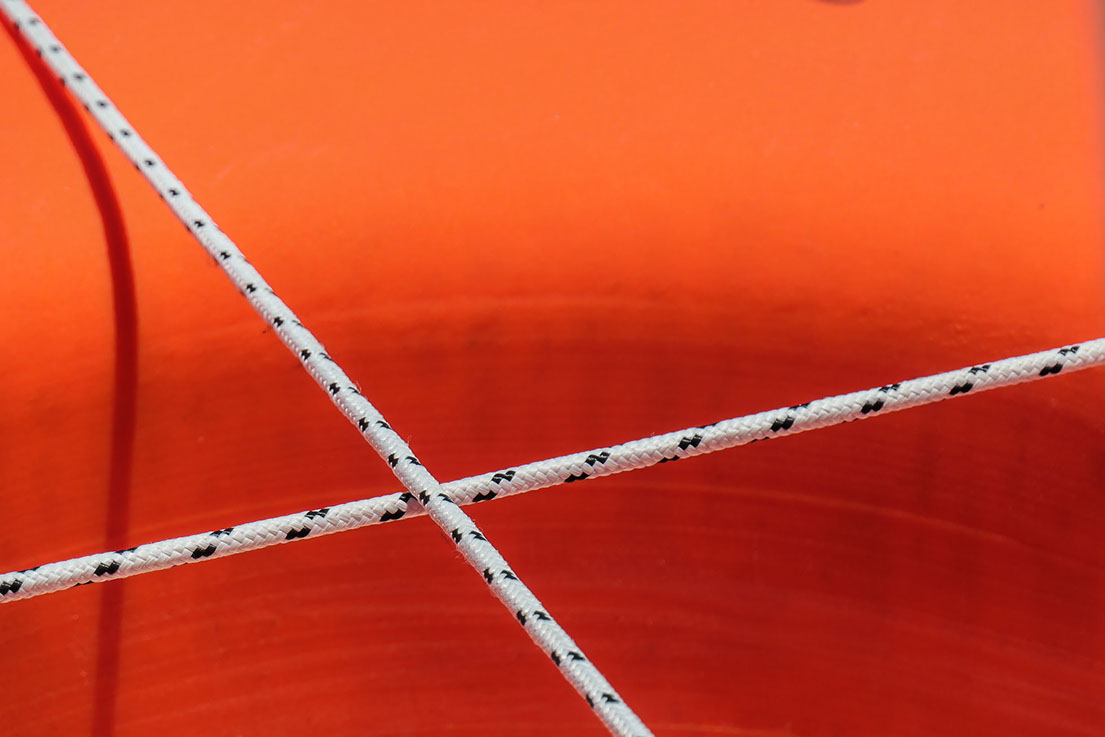
Leica C-:Lux at 81mm
Testing Technique
Sean Reid at Reidreviews.com has always done the most carefully measured reviews of Leica equipment, together with lots of field testing, we’ve had long discussions over the years and I deeply respect his excellent work.
But it seemed to me that careful comparisons of images at 3 or 4 metres was something that Leica could (and certainly do) for themselves. The problem was the unconsidered, the unexpected. I really didn’t want to treat each new camera to a barrage of tests which I had performed with each previous camera.
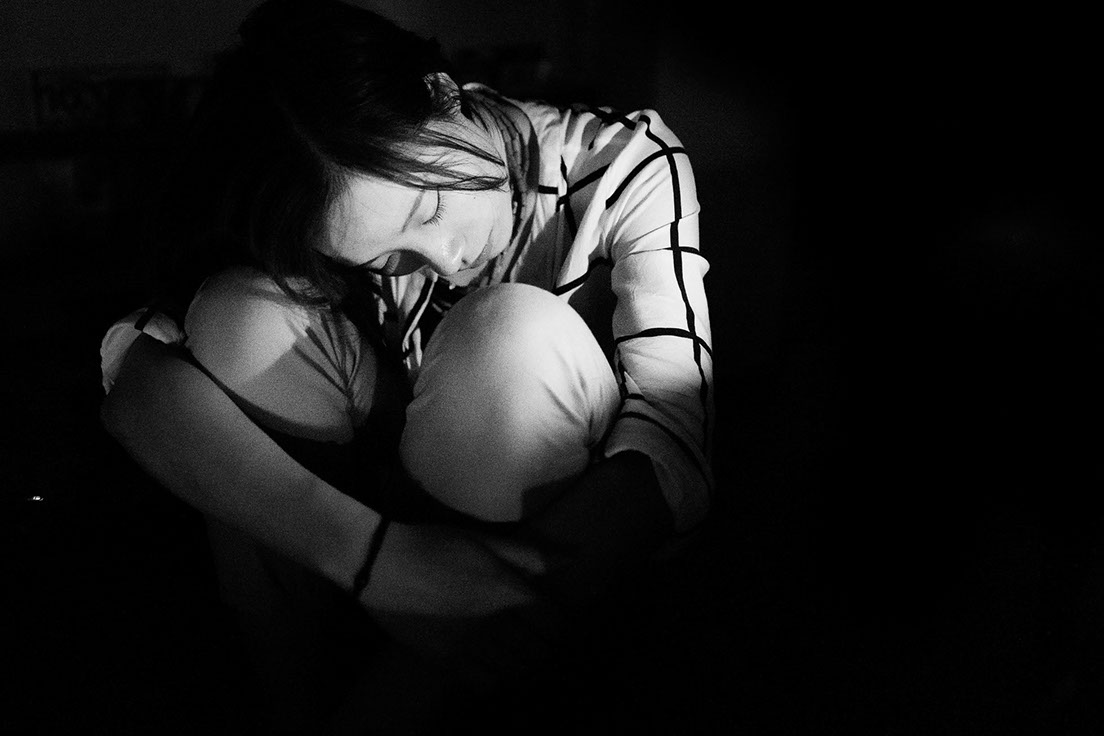
Leica Q
I shoot as many different situations as possible, with as many different settings as I can manage and I observe what the camera is doing. If there is anything which seems to be strange then I start doing methodical testing, trying to isolate any problem and repeat it. That way I can report back to Leica with a succinct description of any problem (or query).
When I get back home I look carefully at the images I’ve taken, again, with an open mind to give me the best chance to notice something that I might not have considered.

Leica SL with 75 APO Summicron M
As far as I’m concerned writing the articles Is part of the testing process; It helps to pull together my ideas and to look at the camera as a whole entity. In actual fact I do a lot of comparative testing (especially with lenses), but I don’t find them terribly interesting in other camera reviews, so I don’t tend to publish them in mine.
As a side Issue it also helps me to look properly at my own images and choose which are worth keeping and using, and which are only fit for the trash.
It’s entirely Serendipity that our trips abroad have so often coincided with testing a camera. I’ve had messages from people who clearly think that Leica send us off to lots of different places. I can think of nothing nicer, but sadly it’s not the case.
I’m not going to describe all the cameras and lenses I’ve tested over the years or we would be here all day, but I thought it was worth talking about one or two of the more significant ones.
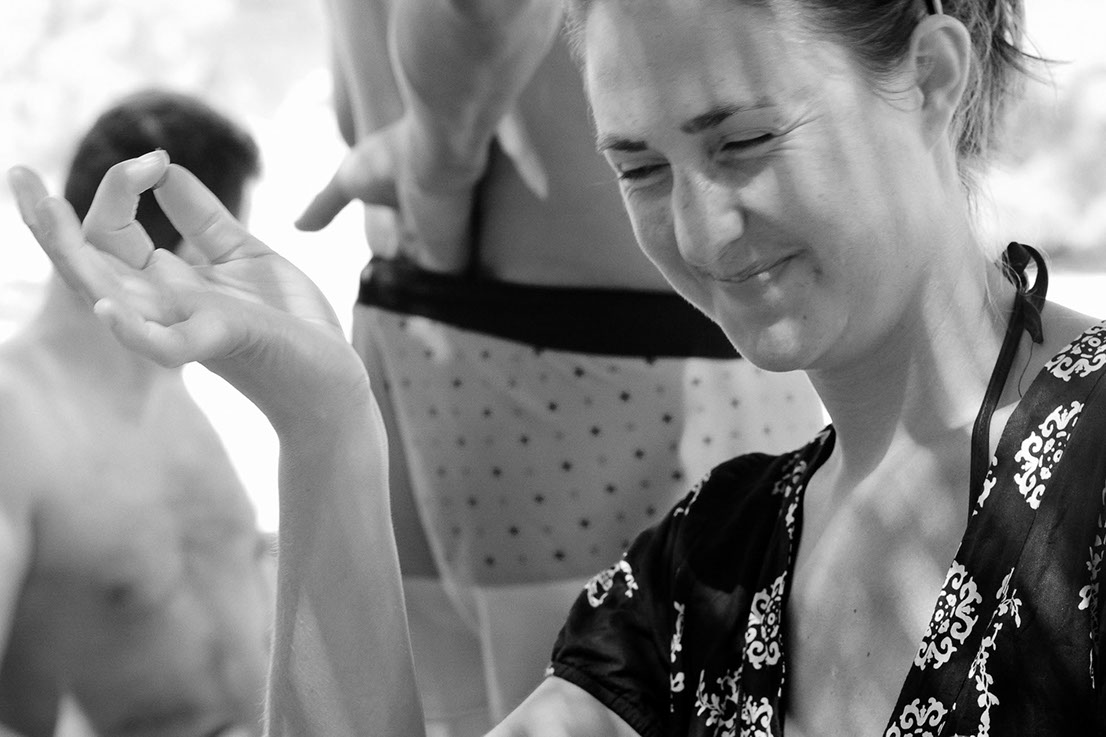
Leica m9 with 90mm elmarit M
Testing the M9
The first, the M9 was typical of the roller coaster ride, I was due to go on a business trip to Baku on the Caspian Sea. Leica despatched the camera to me in Cornwall, but it became clear that it wouldn’t arrive before I had head off to Heathrow.
In the end I had to stop off at the UPS depot in Launceston first thing in the morning, only just giving me time to get to the airport for my flight.
It really is exciting opening the package for a new prototype camera.
In this case the M9 had been camouflaged, having an M8 logo and a ‘prosthesis’ made of plastic to cover the notch in the top plate, it was carefully designed to look as much like an M8 as possible.
As usual there were no instructions, no hints, just a camera, a charger and a battery.
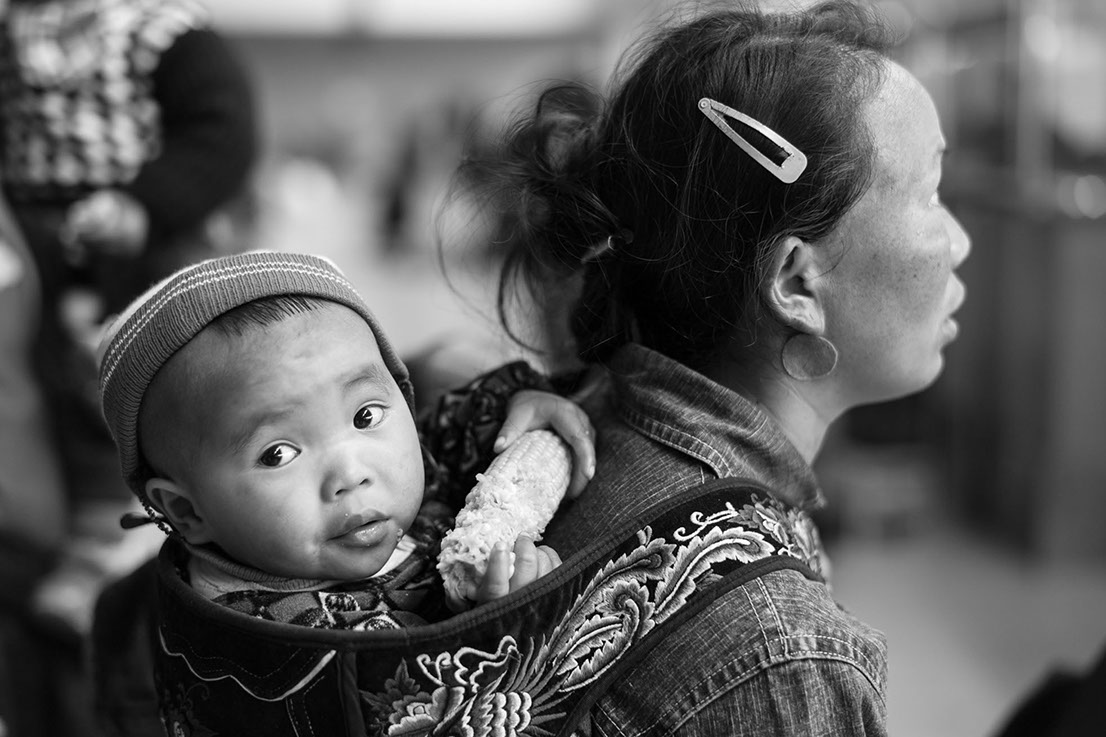
Leica M9 Monochrom with 50mm Summilux Asph
Shortly after returning from Baku I was shooting in Norwich and an elderly man approached me.
He held out his wallet as a hostage and asked me if he could just hold my camera for a minute or two, explaining that a digital Leica was his holy grail, but that he would never be able to afford one.
I handed him the camera and he looked through the viewfinder, then he looked at the lens (a 35mm) then back through the viewfinder.
Then he looked at me and said “but this Is full frame”. He was rather angry, and I was having difficulty muddying the water.
It turned out that he had worked for many years using large format film to take images of Norwich Cathedral so as to establish what details needed repairing.
He was absolutely capable of recognising whether a camera was full frame or not. I held out, but I hope that when the M9 was released he realised that he had been looking at a prototype.
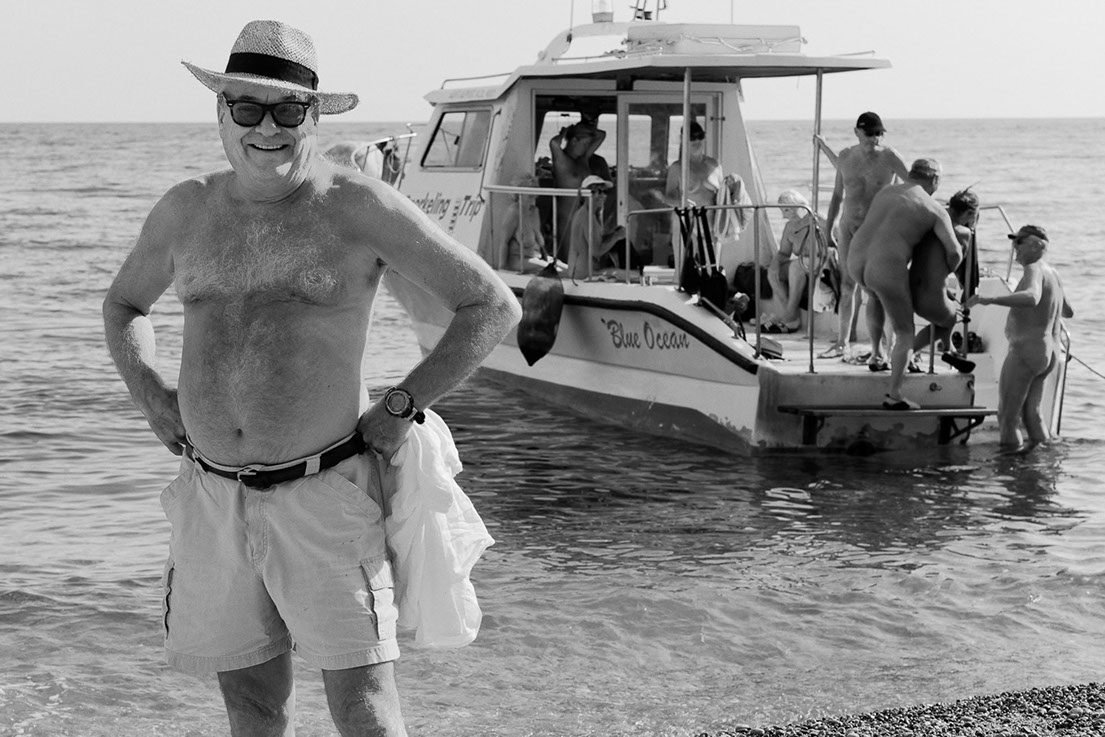
Leica M9 with 75mm APO Summicron
Soon after this I had to go to Holland to shoot a wedding, in this case Valour was the better part of Discretion, and I decided to leave my Sony A900 and lenses in the hotel room and shoot with the M9.
The wedding was a civil affair but was in a beautiful old room in Bergen Op Zoom with wonderful mullion windows at one end.
More problematically the celebrations were all performed in front of the windows with bright sunlight streaming on to the backs of the bride and groom, and it went on for nearly 2 hours! I rushed back to the hotel room before the reception to check the images . . . And the camera said “cannot read card”.
It turned out that what it really meant was “not enough battery left to read card”.

Leica M (240) with Leica 50mm Summilux Asph
Of course, if you buy a professional grade camera you expect to be able to rely on it in all situations, but if you’re testing a prototype and it fails, then there is nobody to blame but yourself. On the other hand, if you are supposed to be testing a camera, there Is not much point in only using it when the results don’t matter!
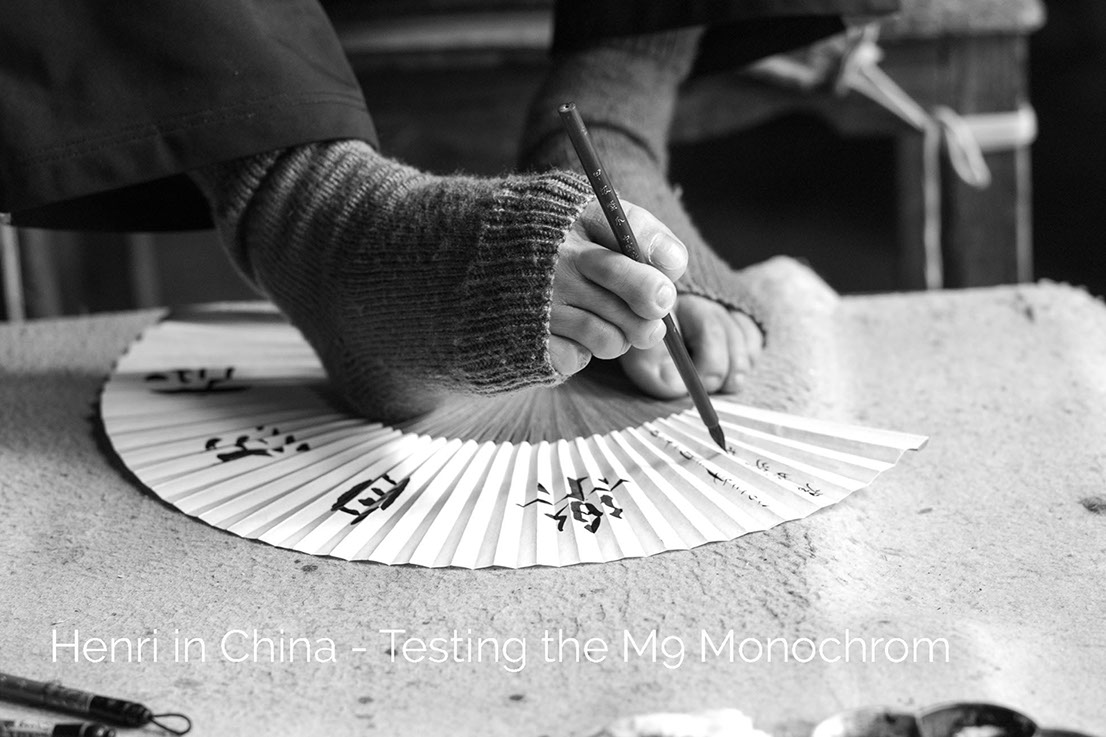
Leica M9 Monochrom with Leica 90mm Elmarit M
In March 2012 we visited our son in Hangzhou in China for the first time, he had been there for a couple of years and was already competent in Mandarin. It was an exciting prospect as he had a Chinese girlfriend and we were to meet her parents (her mother is a tea farmer in Longjing).
This image is of an artist painting fans for sale. I guess he was probably a thalidomide victim, at any rate he had no arms. He was delightful and friendly, and we still have one of his fans
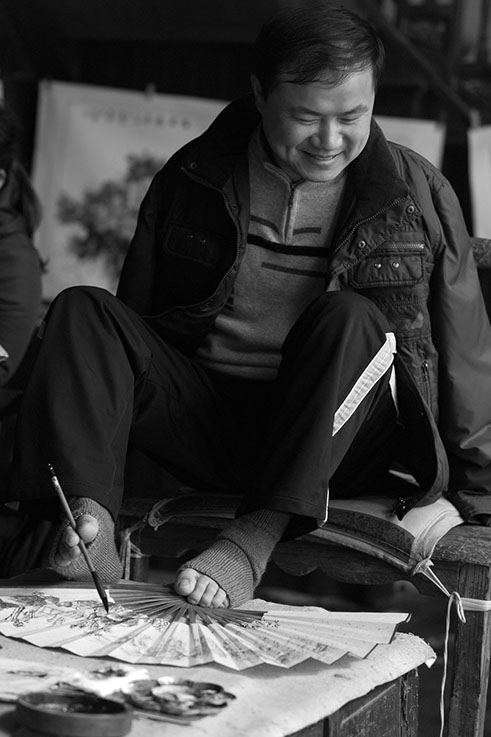
Leica M9 Monochrom with Leica 90mm Elmarit M
It seemed like a perfect opportunity to put the Monochrom I was testing through its paces. Emma wasn’t entirely enthusiastic that our first trip to China would be recorded in black and white!

Leica M9 Monochrom with Leica 50mm Summilux Asph
One of the lovely things about shooting in China is that nobody minds having their picture taken. This guy didn’t realise I was taking his picture, but though that I was only interested in his grandson, of whom he was clearly very proud.
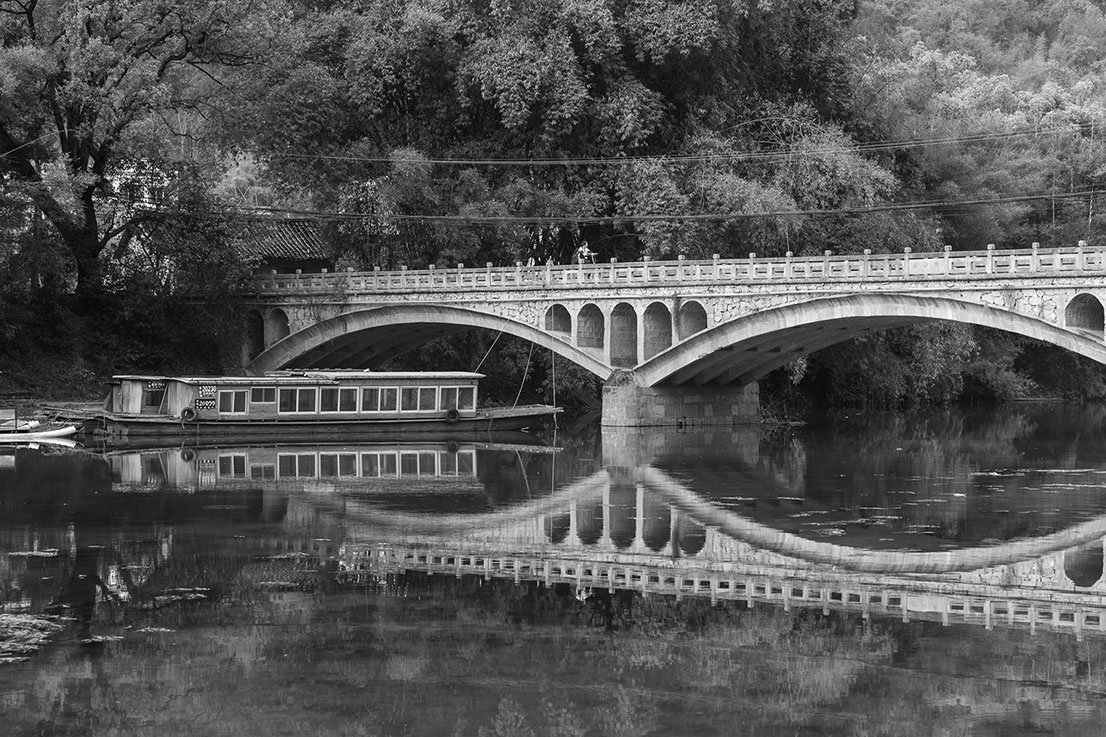
Leica M9 Monochrom with Leica 75mm APO Summicron
We took a raft trip down the River Li from somewhere near Guilin to a little village called Xingping and stayed there for a few days.
A 4ft version of this picture of the bridge at Xingping is hanging on my office wall, You can stand a foot away from it and look at each leaf. When I feel the need to buy a 60mp camera I look at this (18mp) shot and do a reality check!
There was an unmarked walk through the spectacular mountains to another village slightly downriver called Yucun, one magical day we walked there, it was completely deserted, but in a beautiful old house there were signs commemorating President Clinton’s visit on July 2nd 1998, Apparently there are photos by Bob McNeely, but I couldn’t find them.
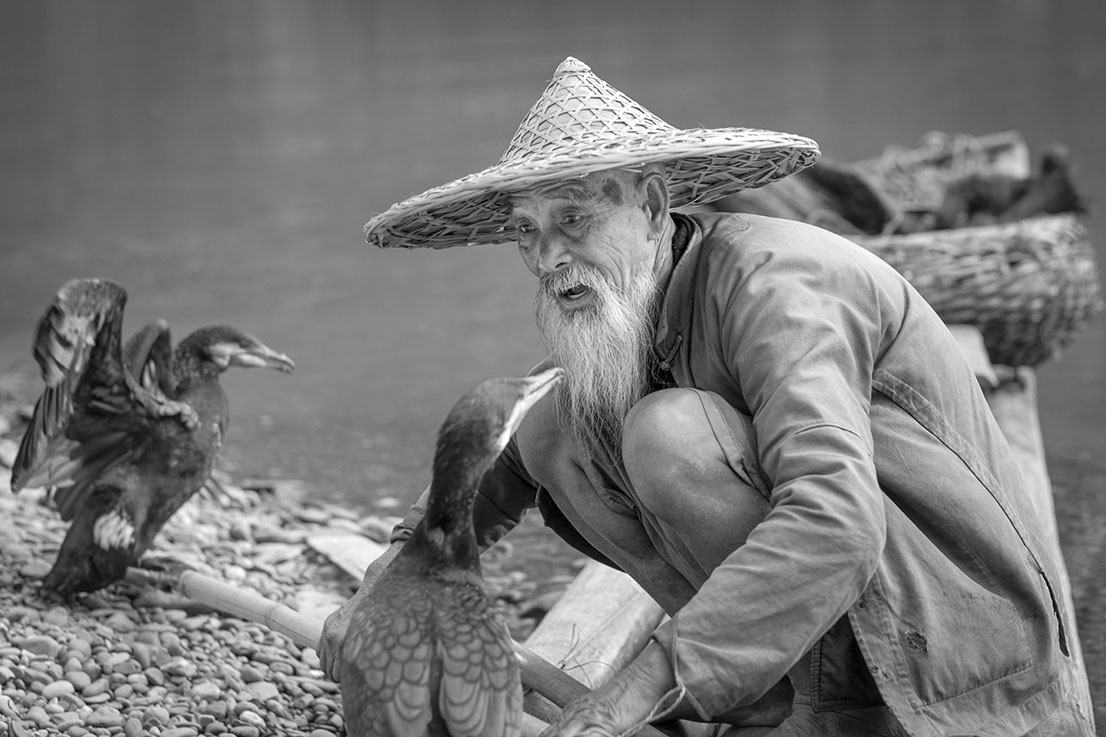
Leica M9 Monochrom with Leica 75mm APO Summicron
We went down to the quayside, where the only person was a Chinese woman barbecuing fresh little crabs. Suddenly two big riverboats hove into view and disgorged a multitude of tourists, they swarmed around the village taking pictures, bought all the crabs, got onto their boats and disappeared, leaving the village deserted again.
We managed to get a boat to take us across the river, where there was a different walk back to Xingping.
On a deserted beach we found an old man with his cormorants. Cormorant fishing is a big tourist attraction here (and in other Chinese rivers), but it was just wonderful to find this guy in the middle of nowhere with his birds who clearly loved him.
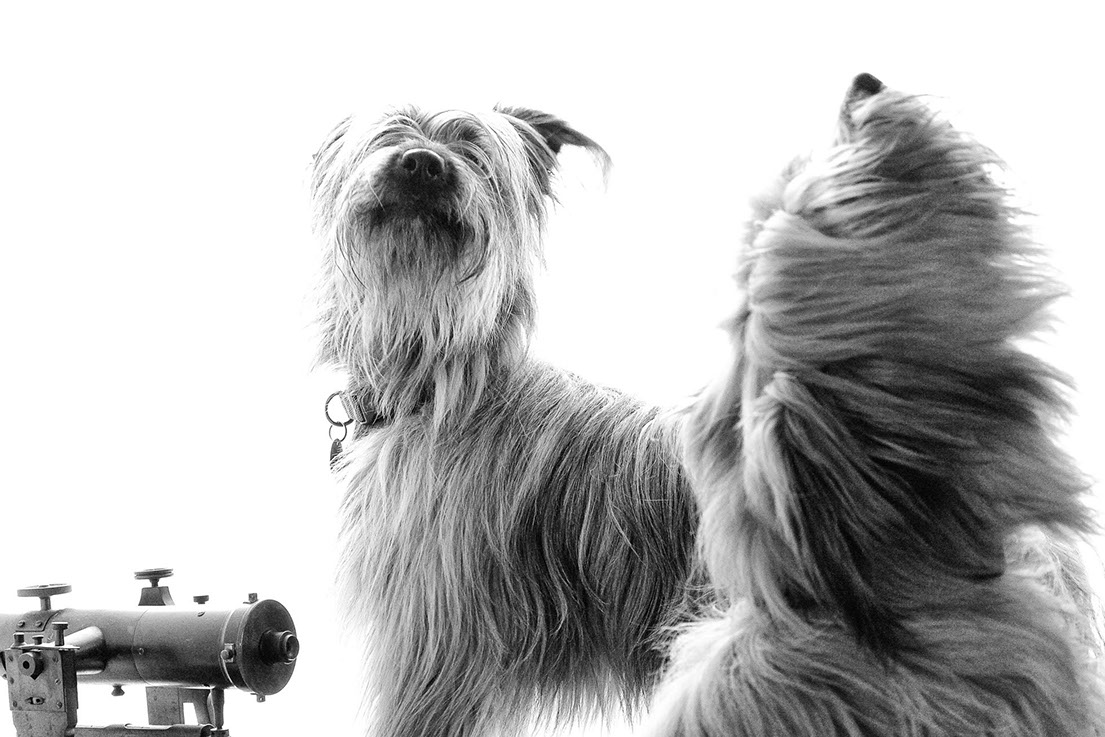
Leica T with the Leica 18-56 Vario Elmar
Testing Taifun: the Leica T
Perhaps the Leica T is the boldest move Leica have made, the decision to completely re-invent the camera interface must have been a difficult one to make.
Soon after receiving the first camera we went to Lanzarote to get some sunshine before the English winter. Sadly there wasn’t much sun, but there were some quite startling sights on the almost empty beaches
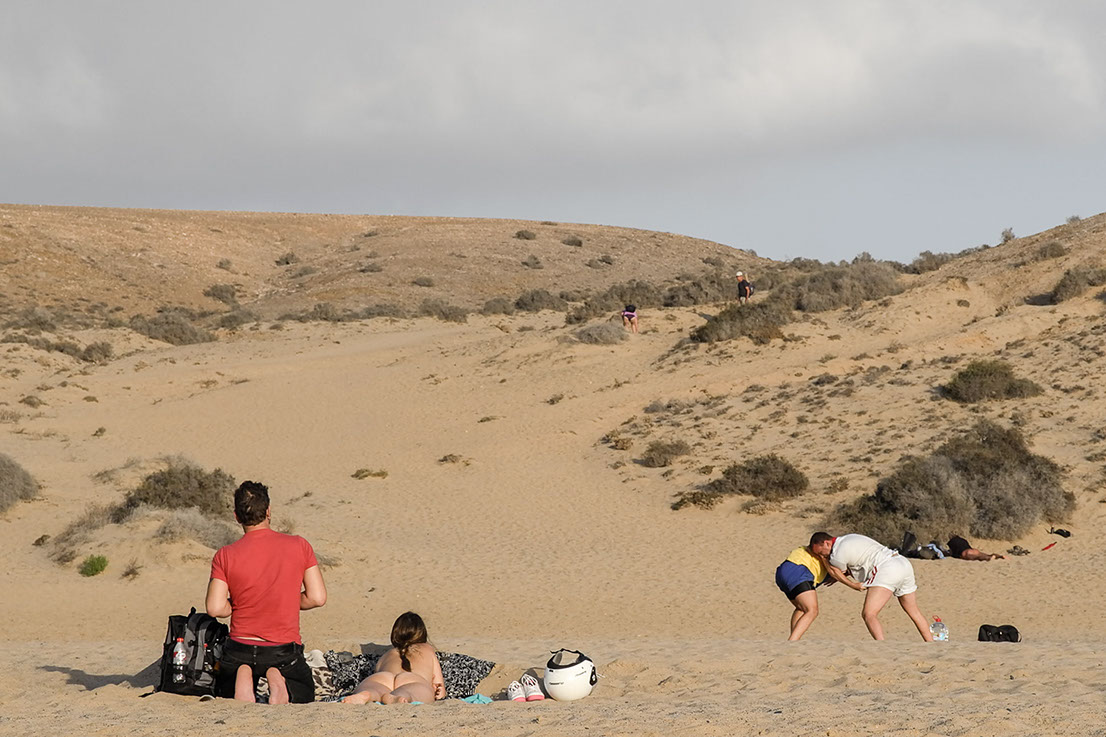
Leica T with the Leica 18-56 Vario Elmar
I’m still not certain what was going on here, but it does seem like a candidate for a caption competition.

Leica T with the Leica 18-56 Vario Elmar
. . and so does this one!
The interface of the T was designed for the smart phone generation, but I think it is actually relevant to more than just young people, If you are going to have a touchscreen on a camera, then it seems entirely logical to re-design the interface of the camera to take advantage of it.
The Volcanic landscape of Lanzarote is certainly dramatic and beautiful.
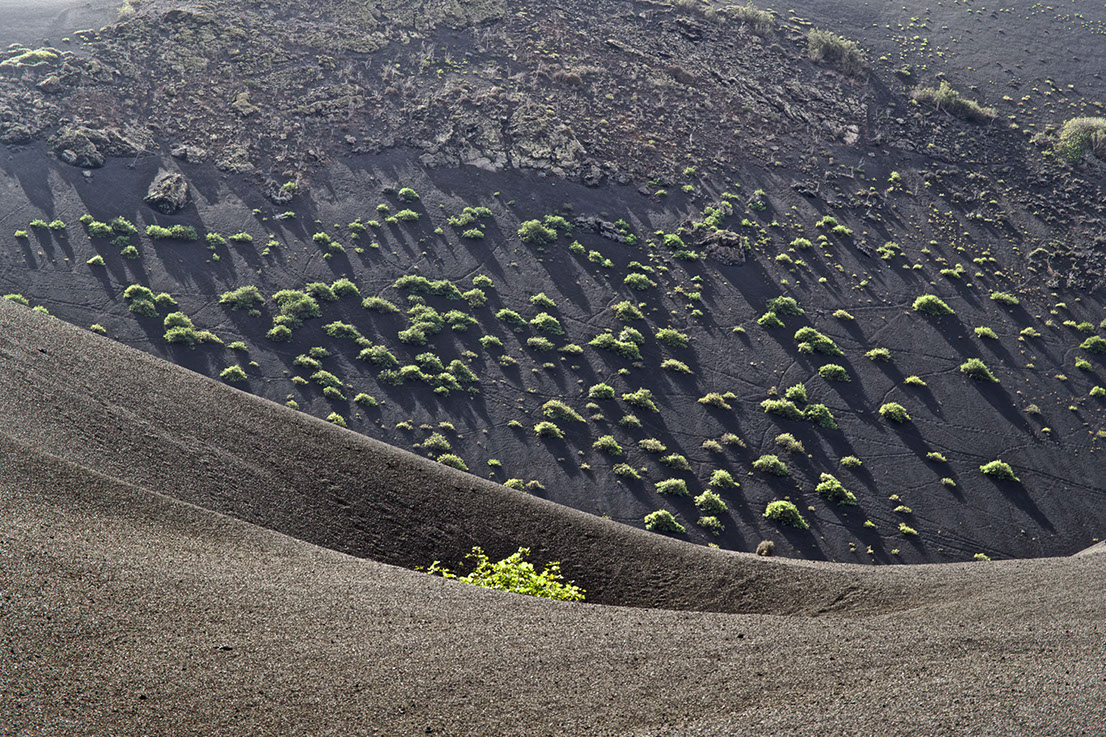
Leica T with the Leica 18-56 Vario Elmar
The food can be spectacular as well.
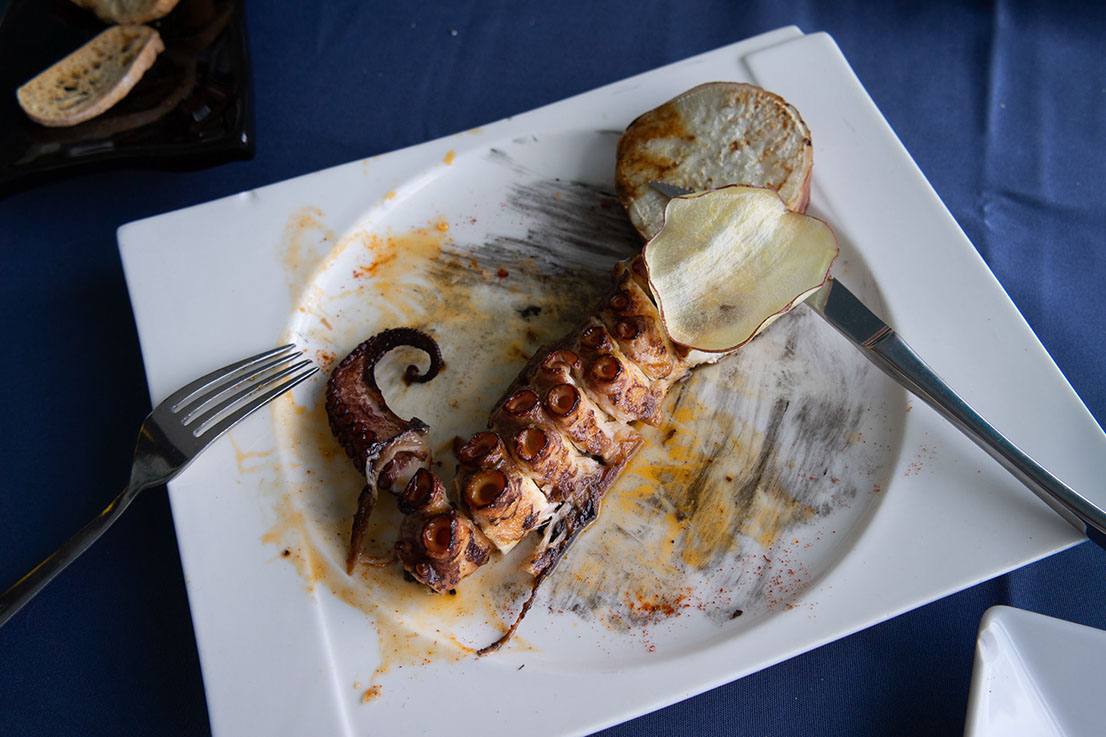
Leica T with the Leica 18-56 Vario Elmar
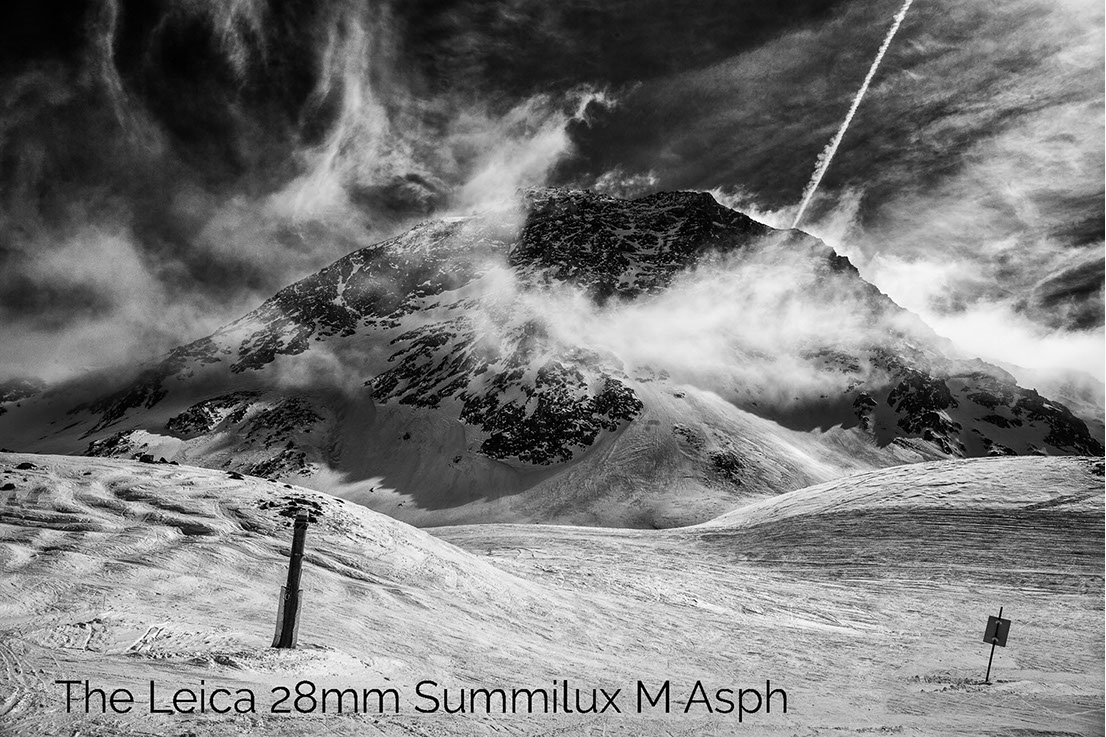
Leica M (240) with the 28mm Summilux M Asph
I had the first prototype of the 28 Summilux delivered in April 2013, and it has a special place in my memory. Mainly because I had never got on with 28mm preferring either wider or closer – I already had the 24mm Summilux M which had been released a year or so before and the 35mm FLE.
The 28 Summilux completely converted me, and it’s still one of my favorite lenses.
This picture was taken in Les Arcs in March 2015, just before the lens was released and is a particular favourite of mine.
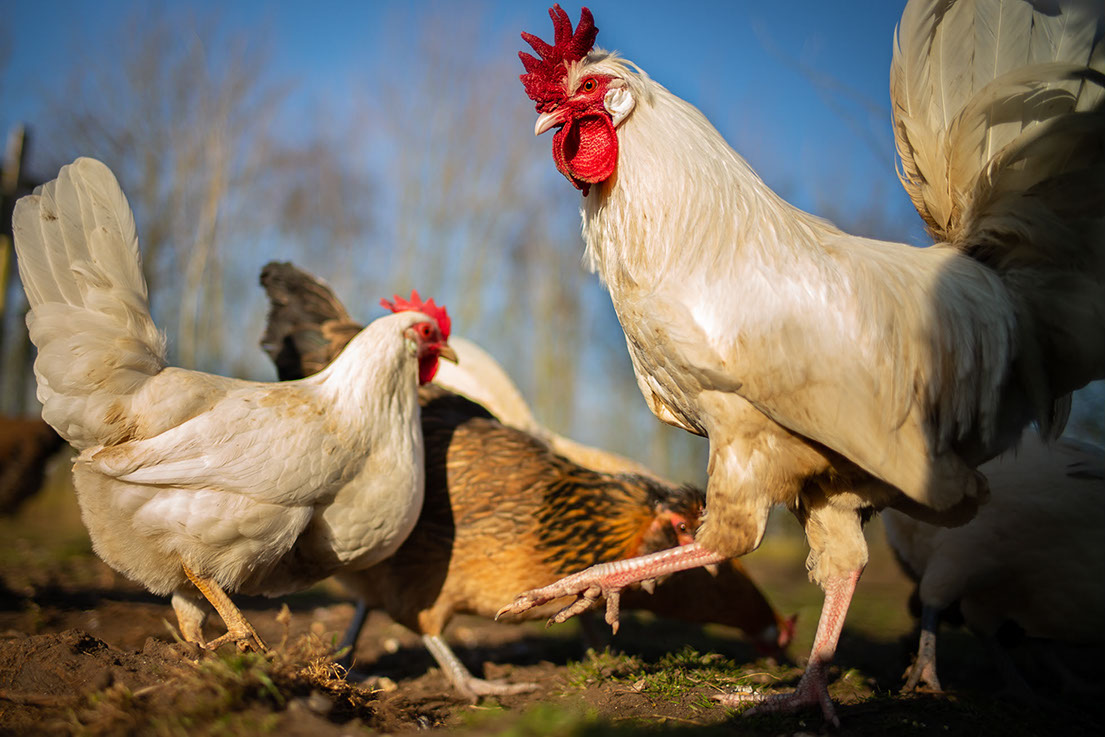
Leica M (240) with the 28mm Summilux M Asph
This picture on the other hand was taken a day or two after I received the first prototype in 2013 and shows what I really love about this lens, which is that you can still have beautiful out of focus areas on a wide angle lens.
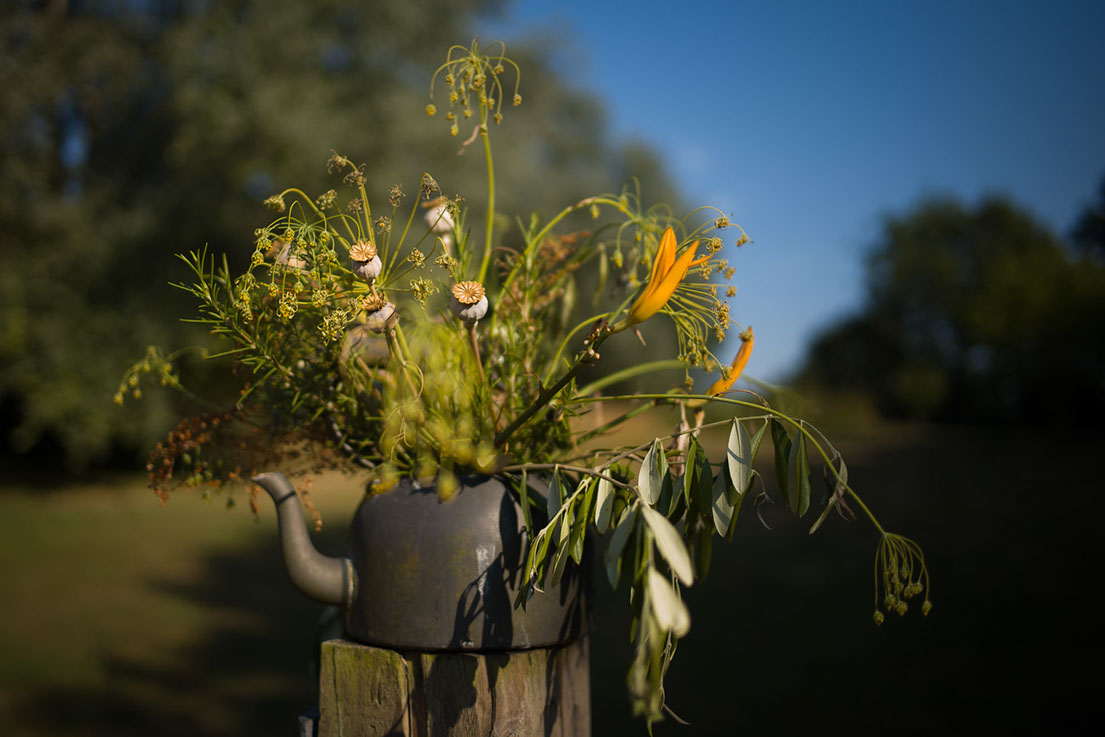
Leica M 10 with the 28mm Summilux M Asph
This one was taken with the M10 earlier this year, it shows how lovely the bokeh is, both in front and behind the point of focus.
I find it really easy to focus the 28 ‘lux with the rangefinder, even wide open, but if you’re having trouble the lens has an excellent depth of field scale, and zone focusing with this is also quite possible.
Lots of people have emailed me about this lens and I don’t know anybody who has bought one who doesn’t love it.
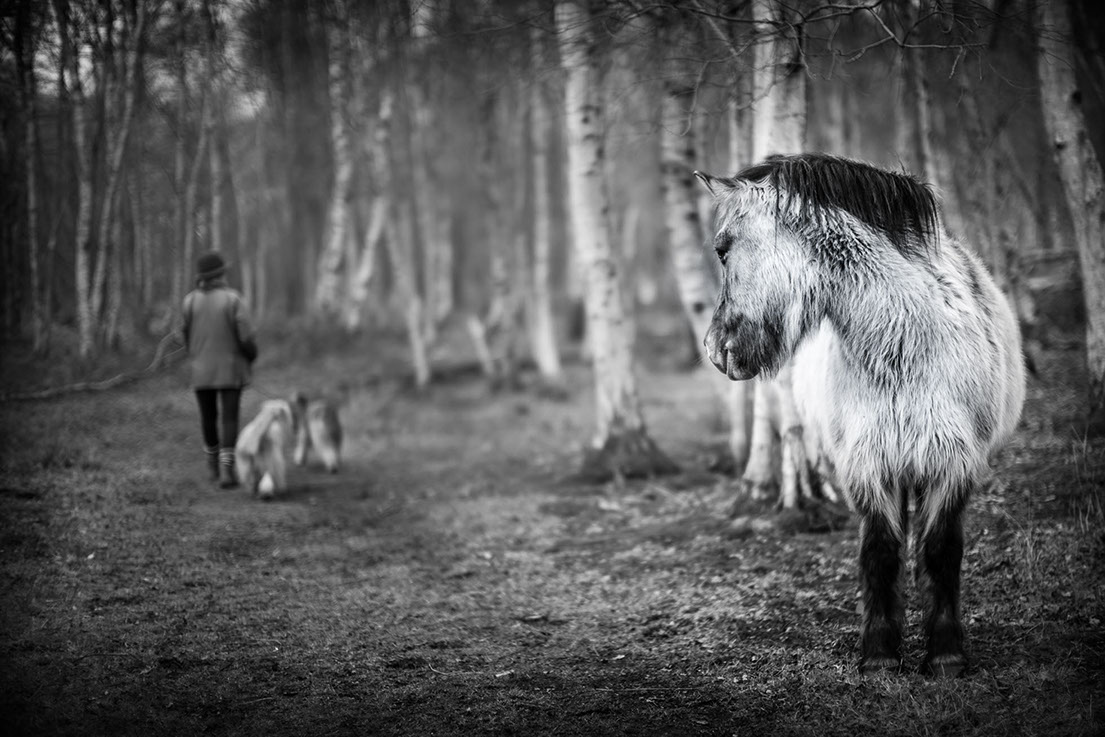
Leica M (typ 240) with the 50 mm f0.95 Noctilux
The Leica M (type 240)
The Leica M (typ 240) was announced in August 2012,I I didn’t receive my first test copy until October 2012 and the camera wasn’t shipped until well into 2013.
It was quite common to pre-announce things very early (in this case in time for Photokina in September), but these days Leica prefer to have cameras ready very soon after the announcement.
The M240 was a big step up from the M9 in almost every respect, including video and an Electronic Viewfinder, which allowed you to use R lenses and others with an adapter.

Leica M (typ 240) with the 50 f1.4 Summilux
The release of the M240 very clearly indicates the importance of getting everything right at launch, and also the power of the internet.
The camera was released with slightly too yellow Auto White Balance and this was immediately remarked on by users.
I had actually reported it much earlier, but it had slipped by unfixed, and as I shoot mostly with a fixed WB I had rather forgotten it. Leica quickly corrected it in a firmware update just a week or so after the camera release.
But in the meantime a user in Hong Kong had posted on the internet a series of terribly yellow pictures taken at night in the streets.
This went viral on all the Leica forums. I intervened and got him to send the original DNG files to Leica, it turned out that all the photos were taken with sunny white balance (so it was no wonder they looked dreadful).
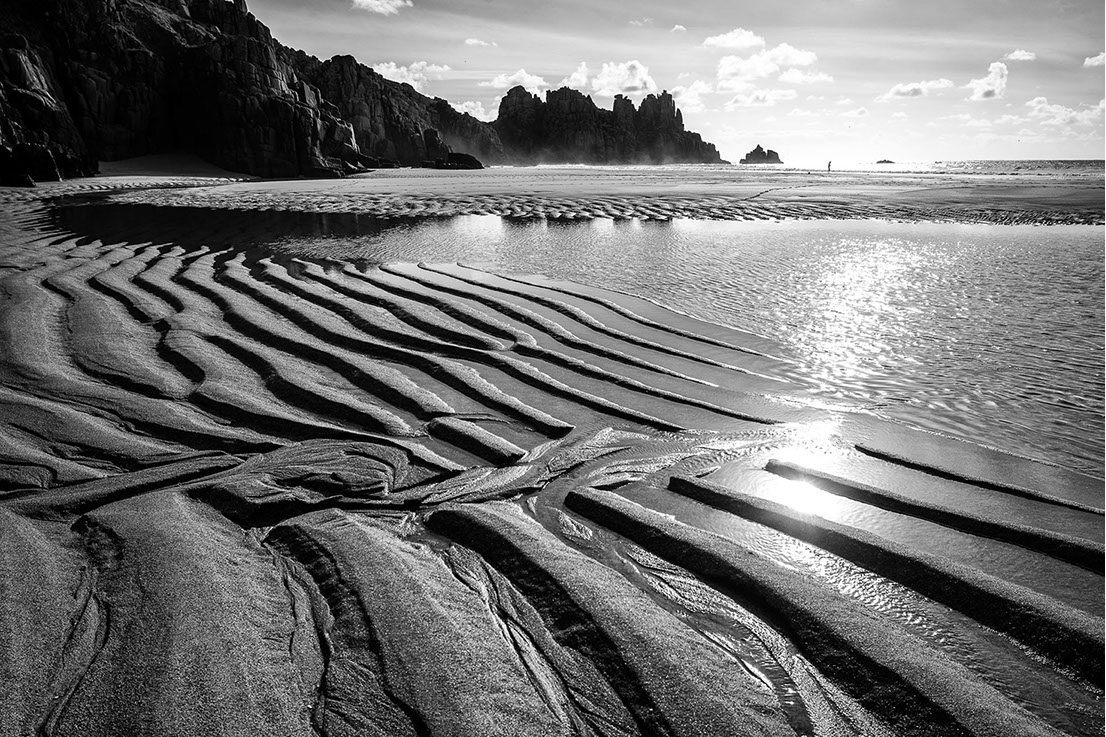
Leica M (typ 240) with the 28mm Summicron M
Once the cat is out of the bag, you can’t put it back in, and things posted on the internet remain there for others to find. You still see people saying detrimental things about the colour on the M240.
Another example which particularly irritates me relates to my most used lens; the 75mm APO Summicron M. It’s a wonderful lens, incredibly sharp but with creamy and delicious bokeh.
It was one of the first lenses Peter Karbe designed for Leica.

Peter Karbe
- Leica M10 with the 75 Summicron APO M
Somebody on the internet once referred to the lens as ‘sterile’, and the label has just stuck, you only have to think of it for a second to realise that this can only mean ‘good’, but still it sounds somehow like an insult, and I’m sure that it has affected lots of people’s buying decisions.
This picture of Peter Karbe was taken earlier in the Summer when he kindly explained to me the wonder of the APO Summicrons.

Leica Q
Testing The Leica Q
The Leica Q was announced in June 2015 and has been one of Leica’s outstanding successes.
It really is a ‘do everything’ camera, and it does it in the best possible style. More than three years after the release it is still entirely competitive and much loved by many users.
The ability to shoot the camera as a 28, a 35 or a 50mm camera is another example of Leica’s visionary thinking. Competitors produced cameras with 35mm or 50mm, which is fine, but cannot also do wide angle.
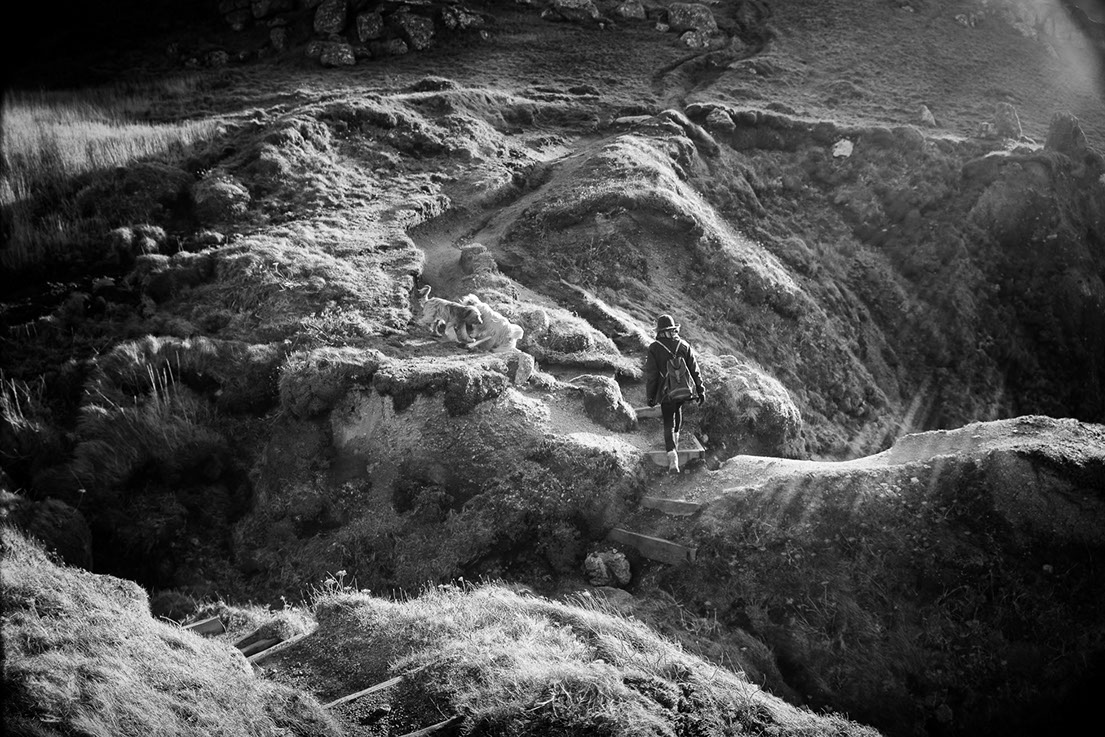
Leica Q
I received my camera just before Christmas 2014 and spent a lot of time in Suffolk and Cornwall shooting everything I could find.
Whilst Shooting a sunset in Southwold I realised that although the lens was sharp wide open, if you stopped down then the corners at infinity were soft. You can see the problem in the clouds in the next shot.
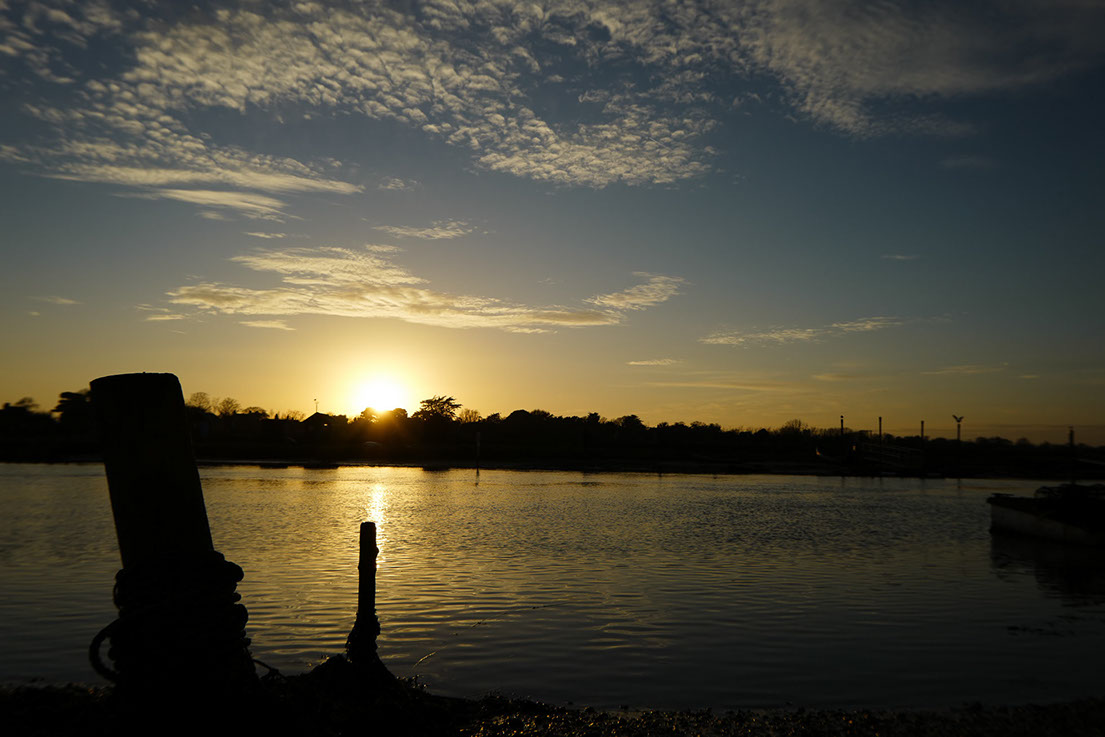
Leica Q
This is a good example of the importance of testing prototype cameras. I made a lot of examples of this problem and sent them to Leica.
It only required a small hardware adjustment to fix the problem, but if cameras had been shipped like this there would have had to be an expensive recall.
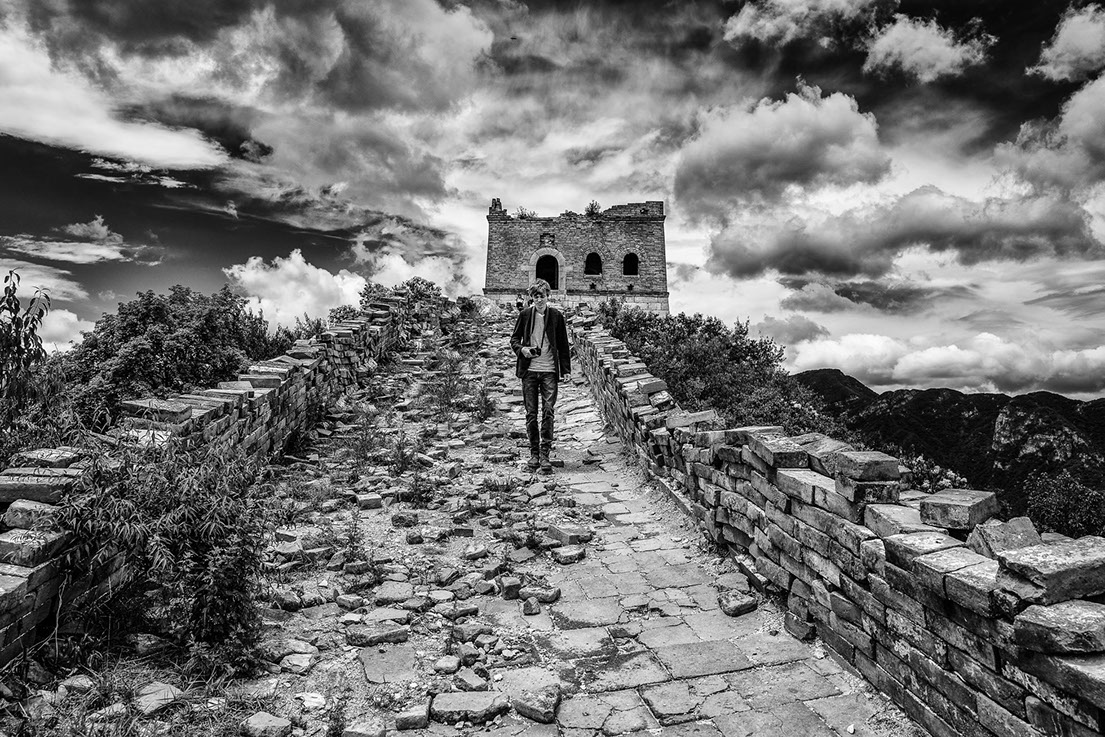
Leica Q
Just before the Q was released in 2015 we made another trip to China to visit our son Sim. By now his knowledge of China and Chinese was really good, although he sometimes rather over-estimates the stamina of his parents!
Amongst the trips was a visit to the Great Wall, where we started at an un-restored section.
When we were dropped off by the taxi we had a long steep walk up through the woods to this tower. For more than two hours we saw only 1 person and in lots of places the wall was incredibly steep and crumbly.
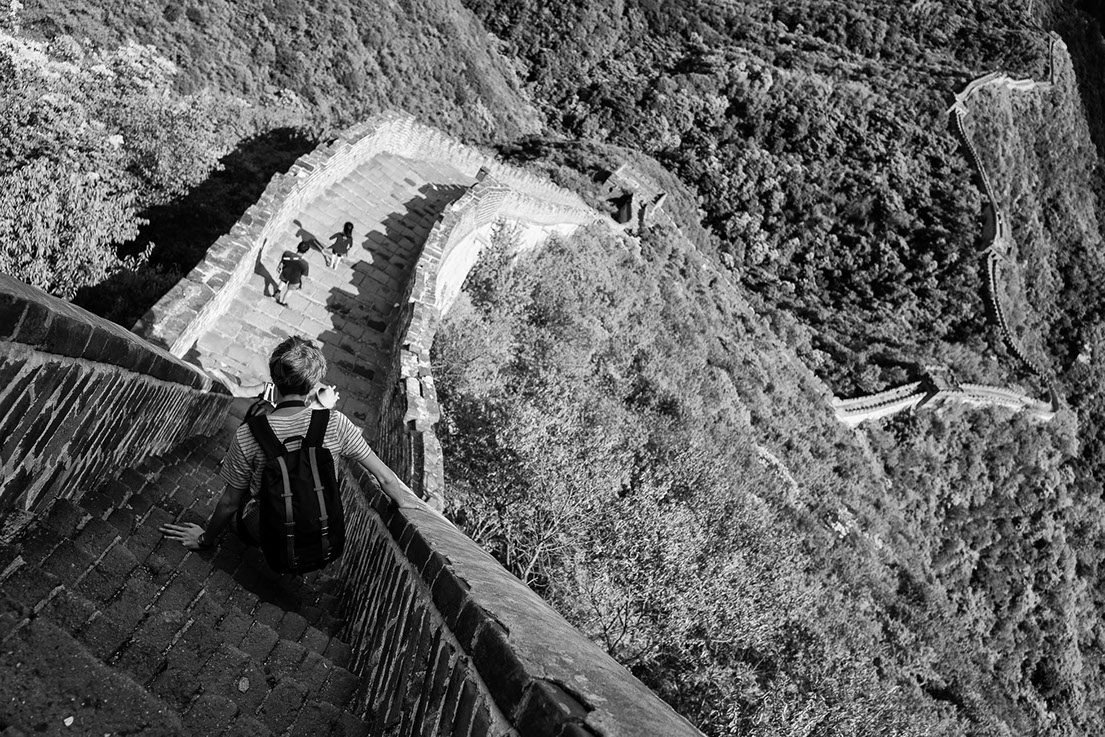
Leica Q
Finally we got to a section that had been properly restored. There was a big sign pointing the other way – when we got past and looked back the way we had come it said “Do not pass this point – Danger of Death”.
It was still a long walk until we could go down and meet the taxi, and it was still sometimes scarily vertiginous.
The way down was somewhere in the top right hand corner of this picture
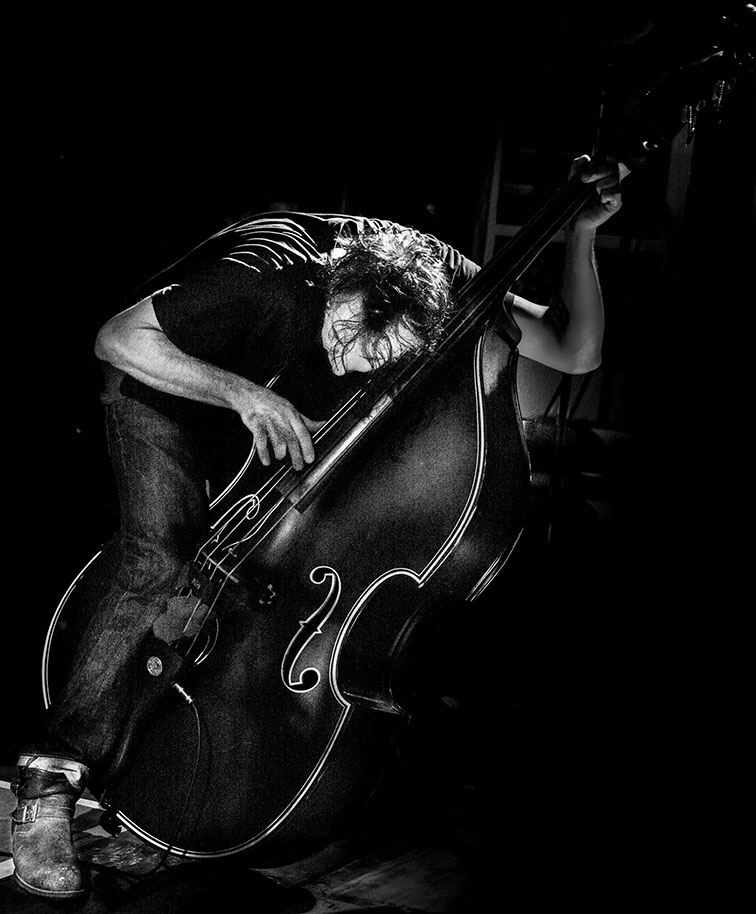
Jason Burns from Blast Cult
Leica SL with 24-90 Vario Elmarit
Testing The Leica SL
When the SL arrived and I opened the box I was quite flummoxed. It still amuses me that the only control with any writing is the On/Off switch, which I certainly could have worked out without a label, mind you, it is in a rather strange position so perhaps Leica thought it necesary.
Of course, the logic is that if buttons have various different functions then there isn’t any need for a label, we have to learn how to use them. It took a while to establish the difference between long presses and short presses . . and then I was there.
I generally shoot one or two weddings a year, a few concerts, and sometimes some events (usually for charities).
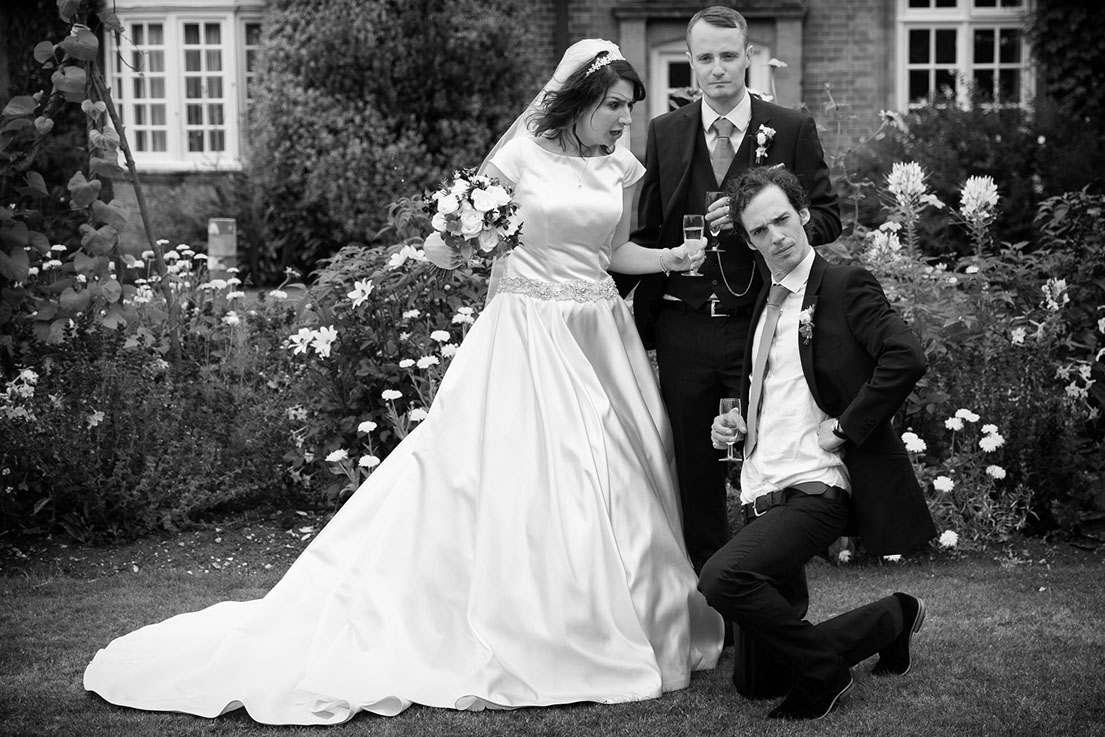
Leica SL with 24-90 Vario Elmarit
This is one of my all-time favourite wedding photographs, and it’s nice to be able to present it here (I didn’t include it in the wedding album!).
Whilst I have shot several weddings with two M bodies with a 35mm on one and a 75 on another, the arrival of the SL was a real godsend.
The wonderful 24-90 Vario Elmarit seems to be the perfect zoom lens, with no vices but many virtues. You can shoot it at any focal length and any aperture and be quite sure of getting excellent results. It’s great for a wedding, but also perfect for a concert or for landscape.
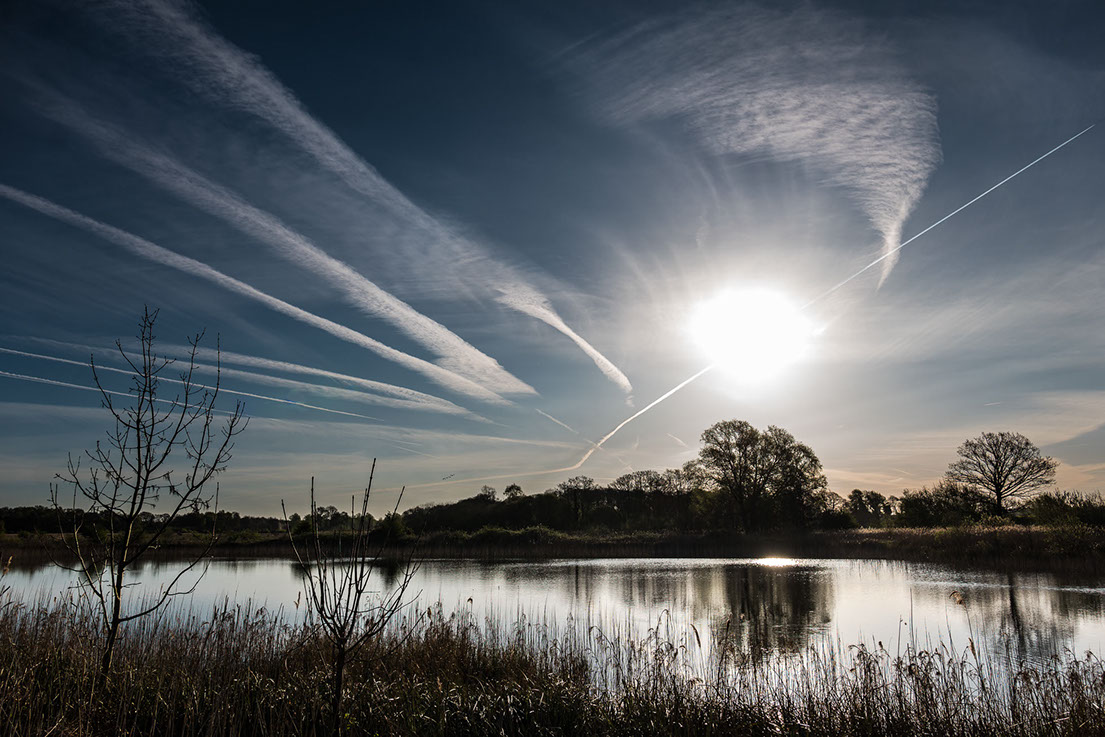
Leica SL with 24-90 Vario Elmarit
For many users the SL has become the perfect vehicle for shooting with M lenses.
Most other mirrorless cameras with adapters for shooting with M lenses, produce smeary results off access as a result of the thickness of the sensor cover glass and the acute angle of the light from many M lenses, especially at infinity, and especially with wide angle lenses.

Leica SL with 50mm APO Summicron M
The SL on the other hand has a sensor designed to accommodate M lenses, in addition it recognises the 6 bit code and applies suitable firmware adjustments to avoid colour casts and distortion.
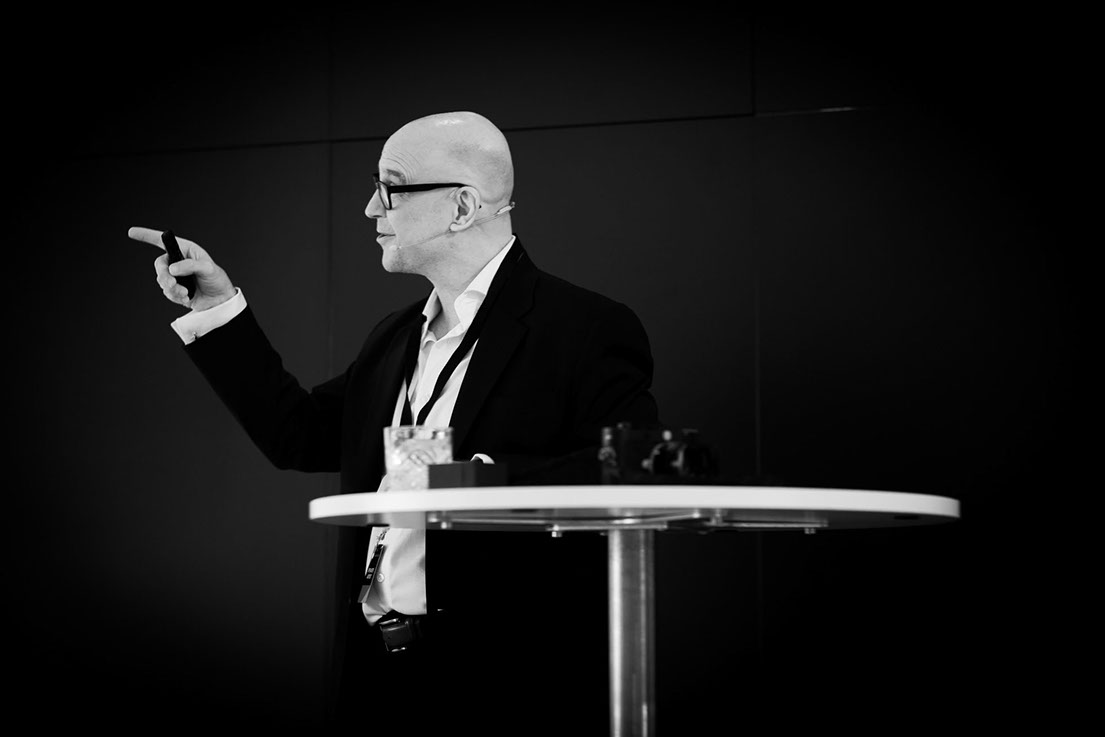
Leica M10 with the 75 APO Summicron M
Testing The Leica M10
To my mind the M10 really is the killer punch, not only have Leica managed to slim down the digital rangefinder until it’s the same size as the M7, they’ve also managed to get the shutter as quiet (and with the M10-P and M10-D even quieter).
Apologies to Craig Semetko for this picture, of course, he is always pointing in the right direction.
As well as the slim body Leica have used a more detailed and responsive EVF, so that shooting with live view is a good experience, shot to shot times are still not perfect, but for single shots the shutter lag has been almost completely removed. Indeed, I know many people who use only the EVF with their M10.
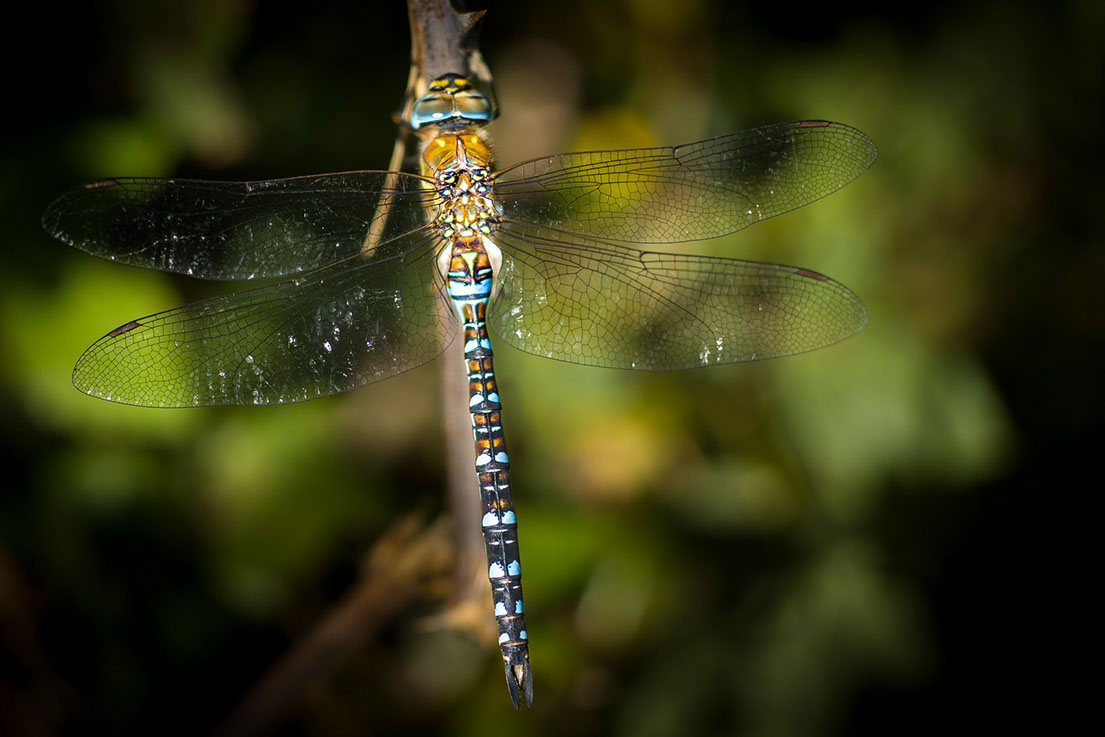
Leica M10-P with the Leica 60mm Macro Elmarit R
Using R lenses with an adapter has also become a pleasure, so that the M10 had become great for macro and telephoto photography. This picture was taken with the 60mm macro elmarit R, a fantastic lens and small enough to handle well on the M10.
One can now move the focus (and spot exposure) point around with the 4 way controller (in the M10) and with the touchscreen (in the M10-p) and zoom in as desired.
I’d like to see this functionality added to the SL and APS-C cameras (but that’s another story).
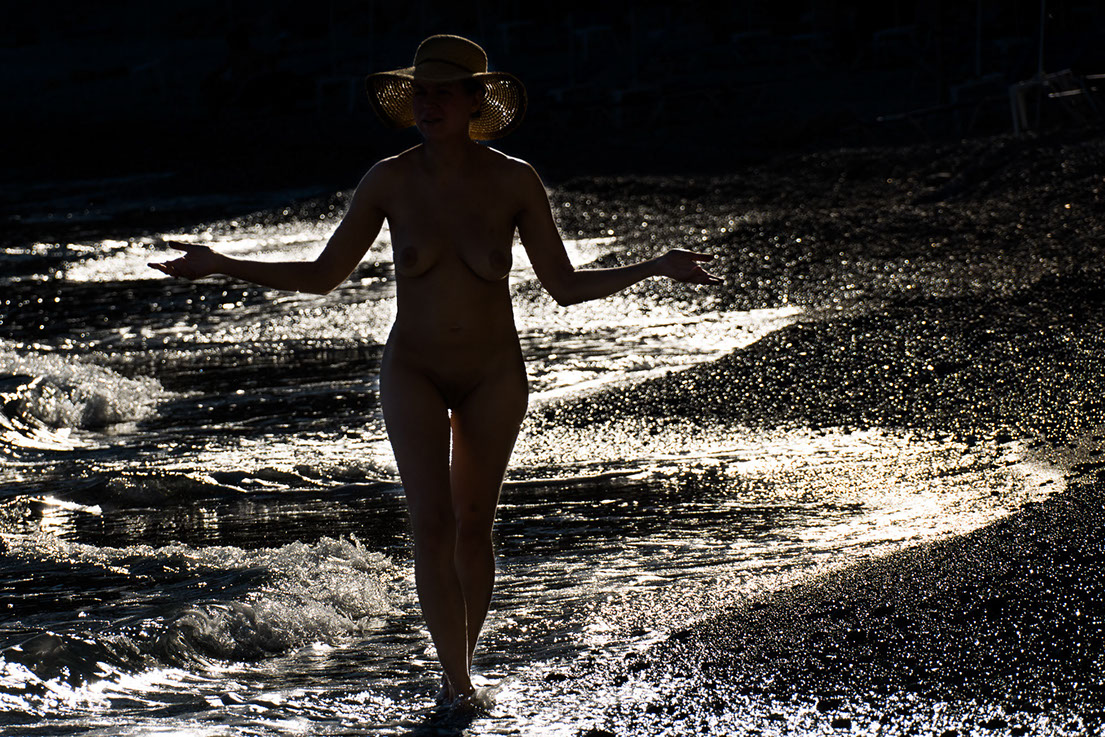
Leica CL with the 55-135 Vario Elmar T
I had 5 or 6 M10 bodies over the period of testing which extended from June 2016 until the camera was launched in January 2017.
The second body was to be delivered before our trip to Crete in September 2016, but there wasn’t time so Leica suggesting sending it to our Hotel in Loutro.
On the Monday we were on a long walk, and at lunchtime I thought I’d check on the delivery, it said there was a problem so I rang UPS at Chania.
When the phone answered the operator said “Ah! Mr Slack, we have your package” and this before I had even managed to introduce myself!
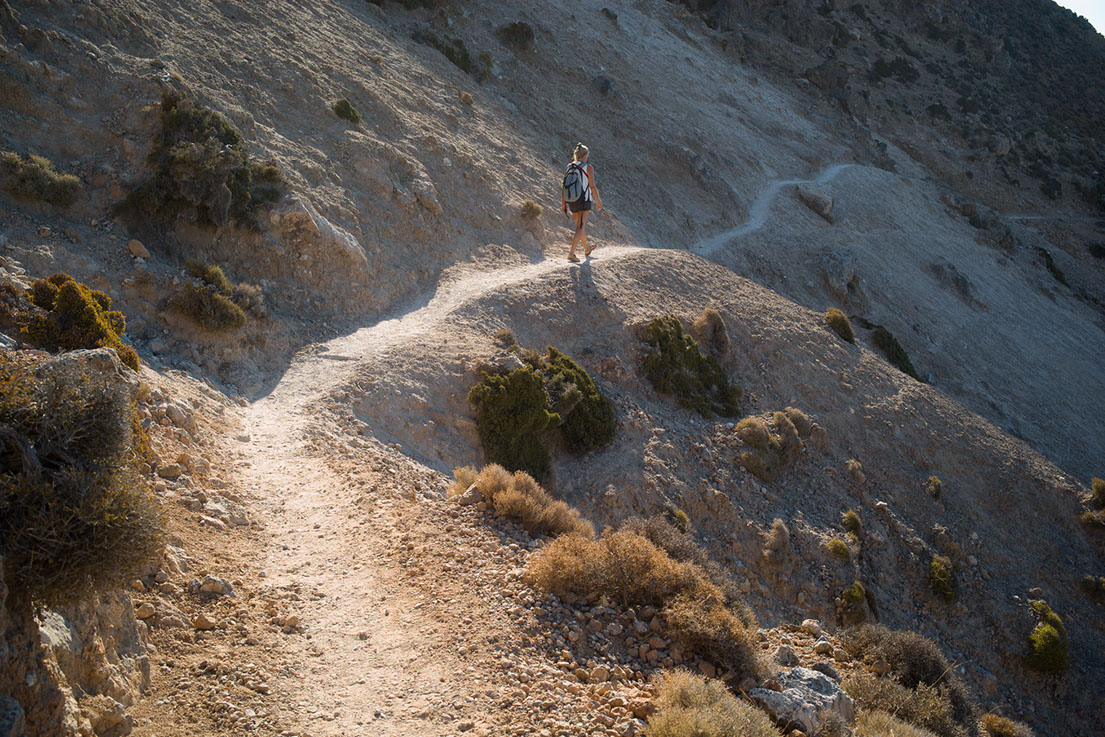
M10 with 35mm Summilux Asph M (FLE)
She told me that they couldn’t deliver the camera because there was no road to Loutro and they didn’t deliver by boat. She suggested that she had a friend who delivered ice-cream to Loutro on a Friday and he could bring it. . . . Or she could put it on the bus and I could collect it from the bus station at Sfakia at 4.
So we walked down the Ilingis gorge to Skfakia and met the bus. I was expecting the package to be with the driver, but when I approached him he just said. Oh – it’s in with the other bags, just help yourself! So I did.
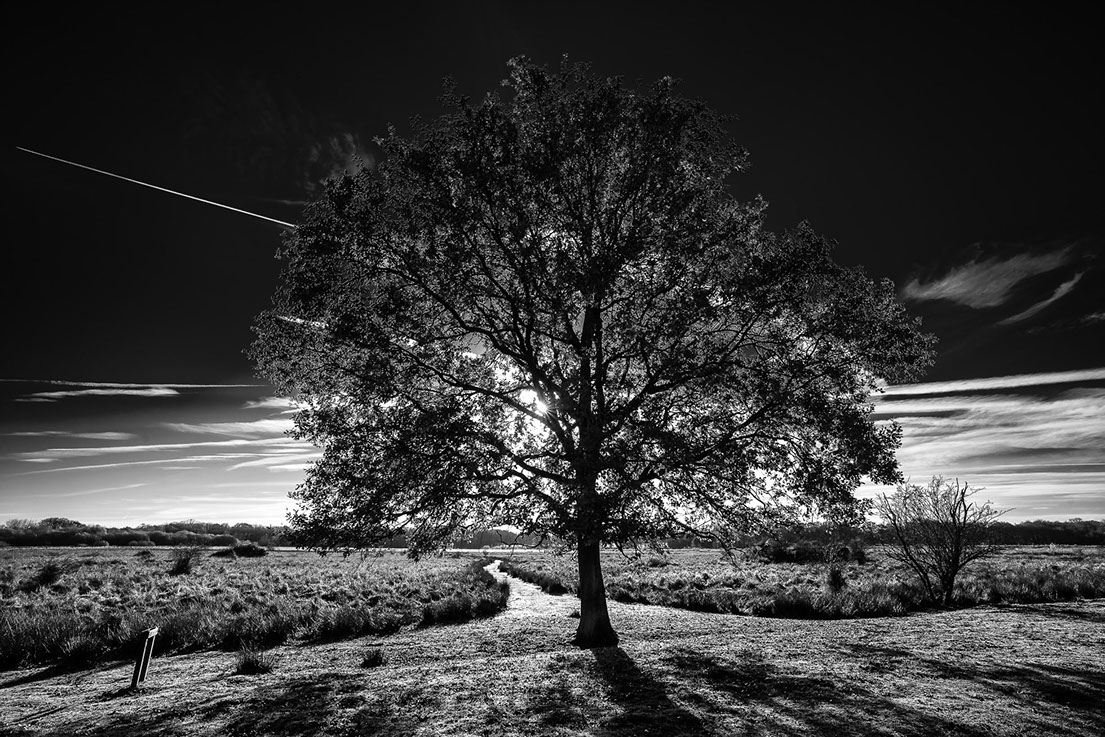
M10 with Wide Angle Tri-Elmar at 16mm
Later on in the autumn there was an issue with the GPS in the EVF on the M10, I was visiting Wetzar, and Vik Weigant from Leica QA and I could have been seen lurking in the snowy woods around the Leica headquarters with two M10s each, checking the GPS fix and discovering that they all behaved the same way in the same place.
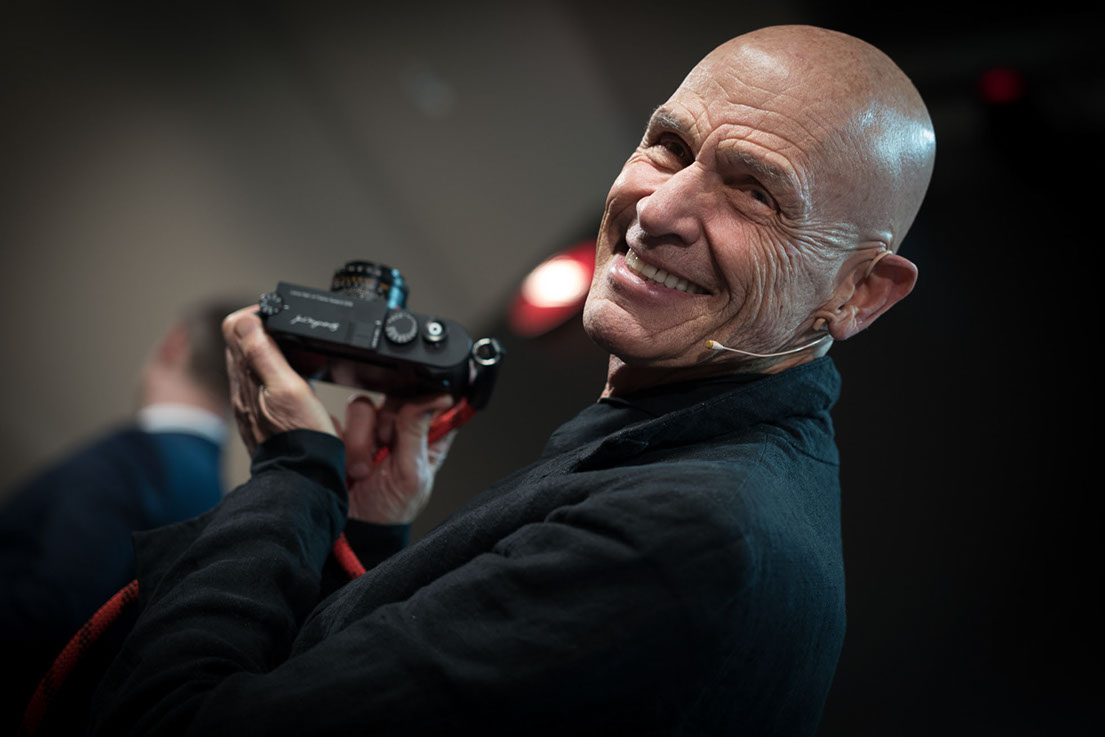
M10 with 50mm APO Summicron M
Joel Meyerowitz is inducted into the Leica Hall of Fame
In January 2017 the M10 was announced at Wetzlar and Joel Meyerowitz was welcomed into the Leica Hall of fame.
He was presented with an M10 with his signature.
Quite unlike the launch of the M240, after the ceremony there were cameras for sale at the Leica store in Wetzlar.
Filling people up with good food, good wine and a good presentation. . . and then opening the doors of the shop is a great move. The M10s sold out pretty fast!
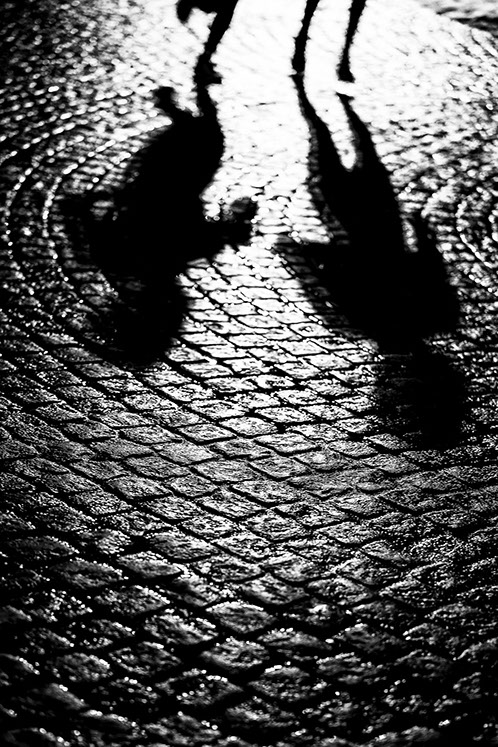
Leica SL with the 75mm APO-Summicron SL
The Leica 75 APO Summicron SL
This lens is also a special case, I had 3 or 4 versions over a period of nearly two years. Optically they have always been sparkling, but it took a while to get the AF right.
I think that this lens (and it’s 90mm sibling) are part of a real revolution in lens design. I spent an hour with Peter Karbe back in the summer where he very carefully described the advantages of APO lenses with heightened contrast where the lens is in focus, the result of which is that as the contrast drops the roll off to out of focus is much faster than on conventional lenses. In effect an f2 lens is behaving more like an f1.4 lens in terms of the ‘effect’ of depth of field.

Leica SL with the 75mm APO-Summicron SL
I was asked to do some food photography for our local community pub, this was a rushed job, and there was no possibility of special lighting, and certainly no food styling. I used the 75 APO SL at f2, and the results were just as good as they would have been with a much more complicated setup.
Time for Desert!
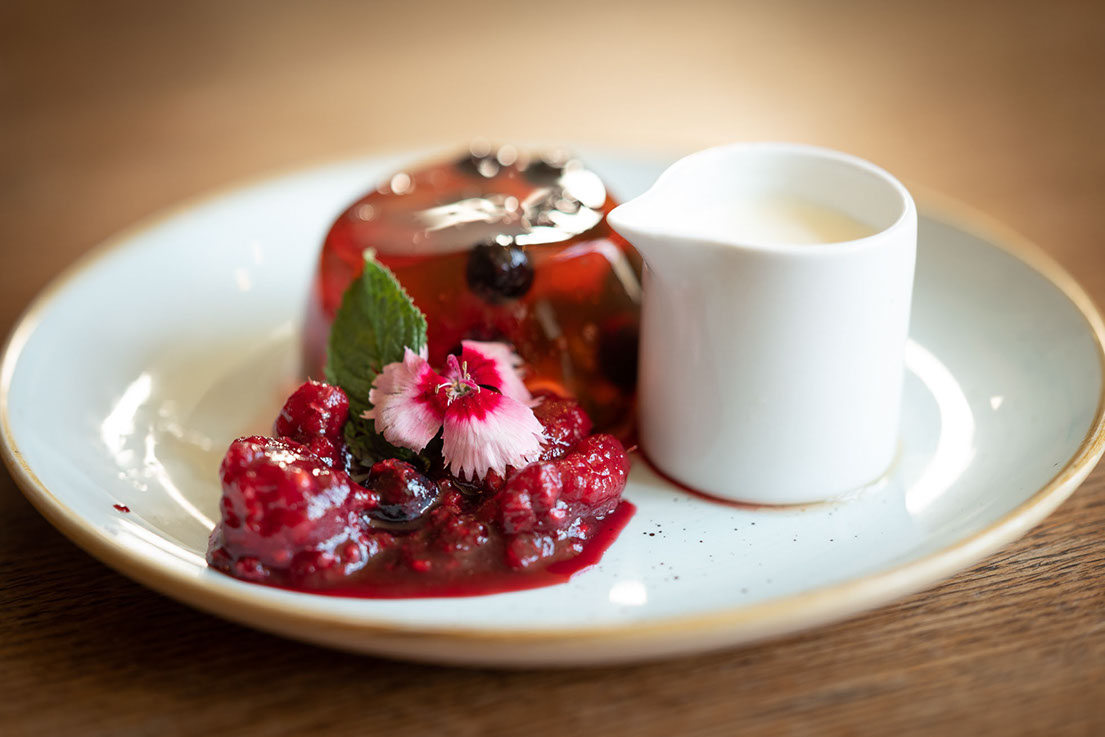
Leica SL with the 75mm APO-Summicron SL
Perhaps, before Photokina, one might have been a little worried about investing in these lovely (and expensive) new APO Summicron lenses, but with the alliance between Leica, Panasonic and Sigma I think the future of the L mount is assured,
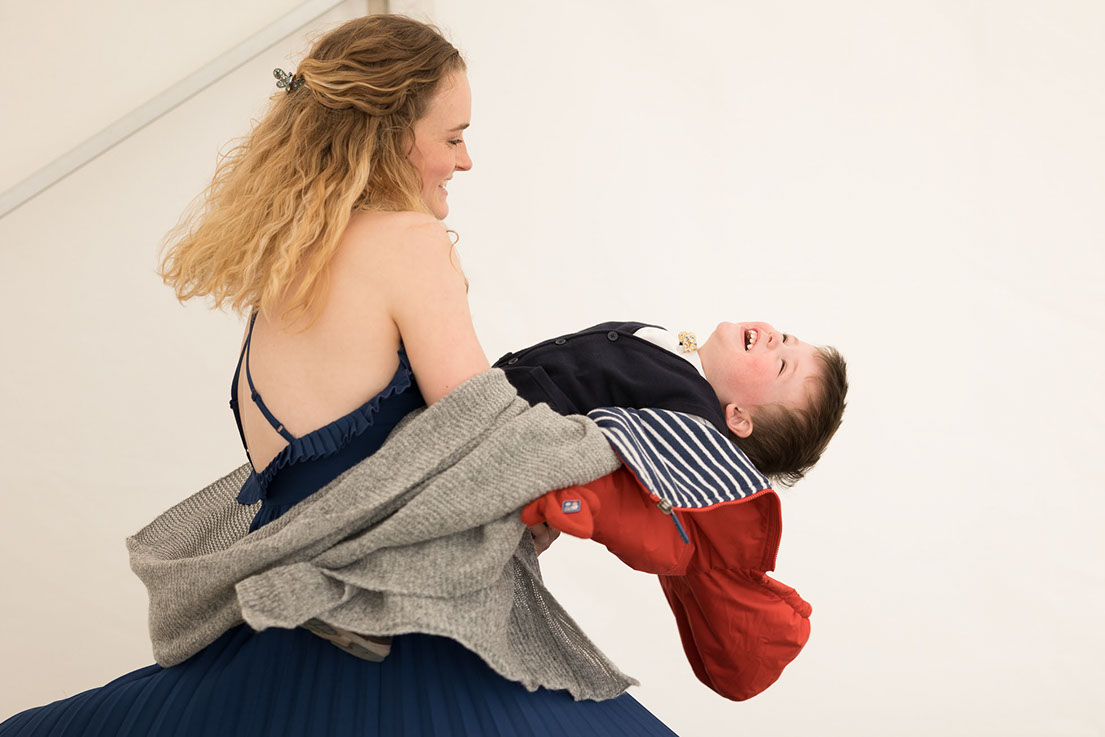
Leica SL with the 75mm APO-Summicron SL
The bokeh is just as lovely in front of the point of focus as it is behind and there is no crunchy area in between.
These lenses are going to be perfect for so many different purposes.
This was a grab shot in the background at a wedding.
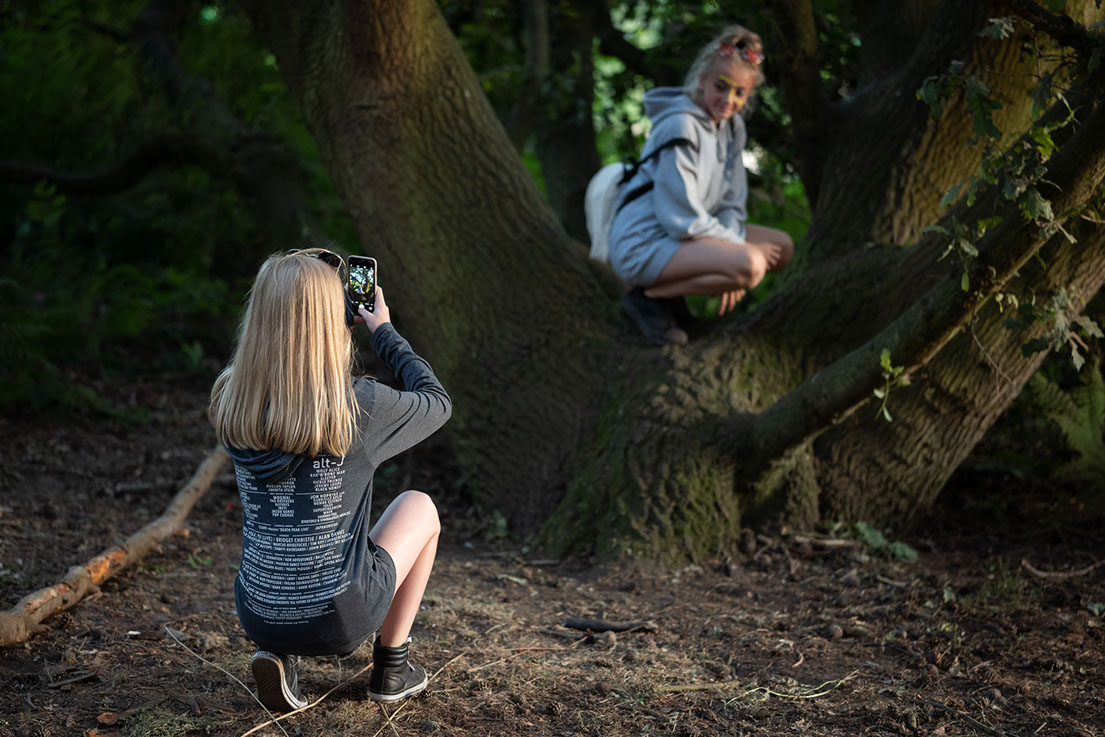
Leica SL with the 75mm APO-Summicron SL
Some Alt-J fans at Latitude Festival
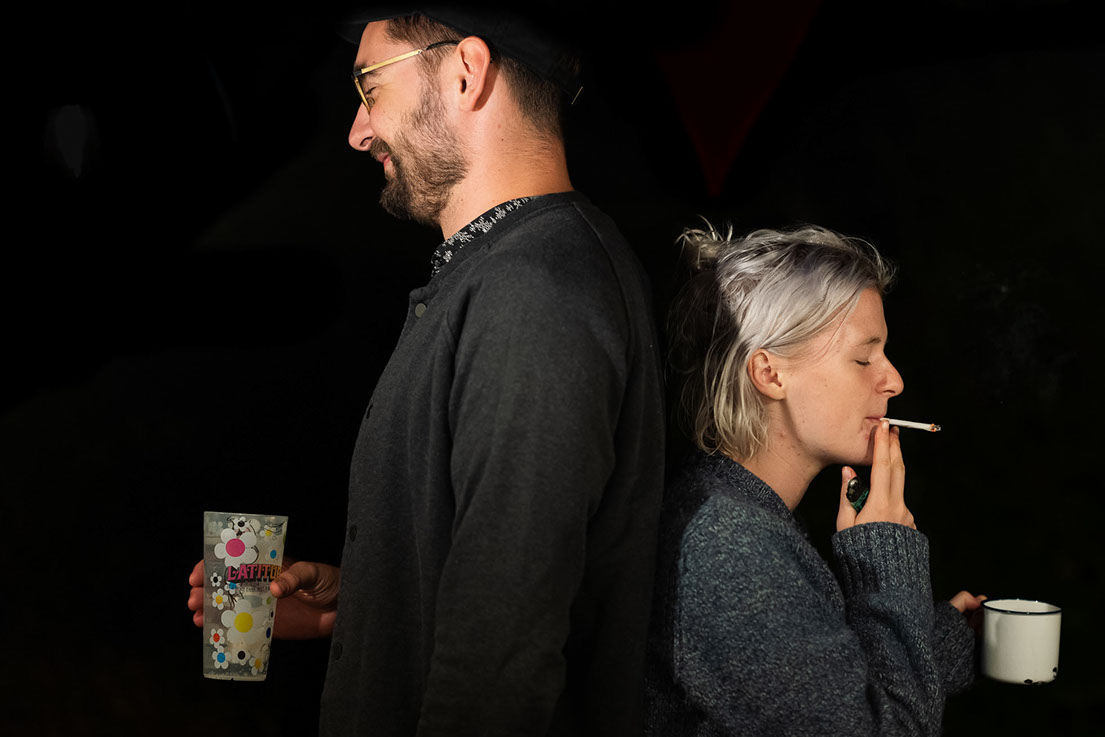
Leica SL with the 75mm APO-Summicron SL
Cousins
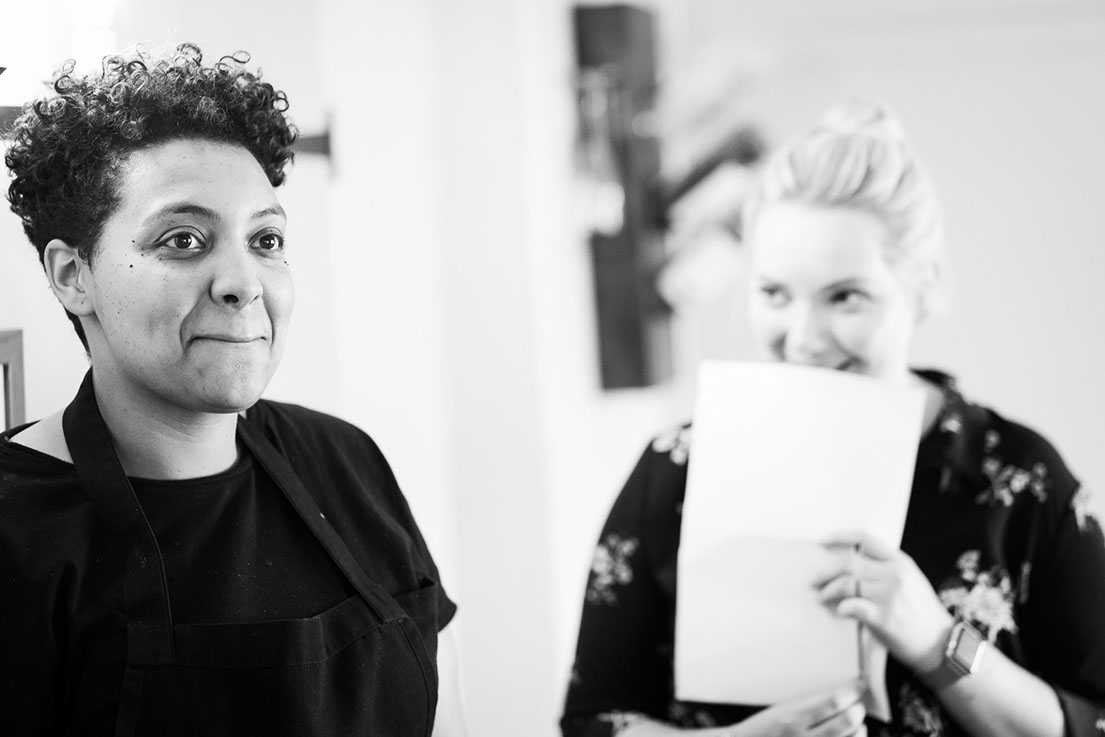
Leica SL with the 75mm APO-Summicron SL
Congratulations!
The point is that it is really easy to make great pictures with this glorious lens, and I’m sure that all the new APO Summicrons will be classics.
I just can’t wait for that 35mm. These lenses are designed to be shot wide open, and the auto focus on the SL is already quite up to the task.
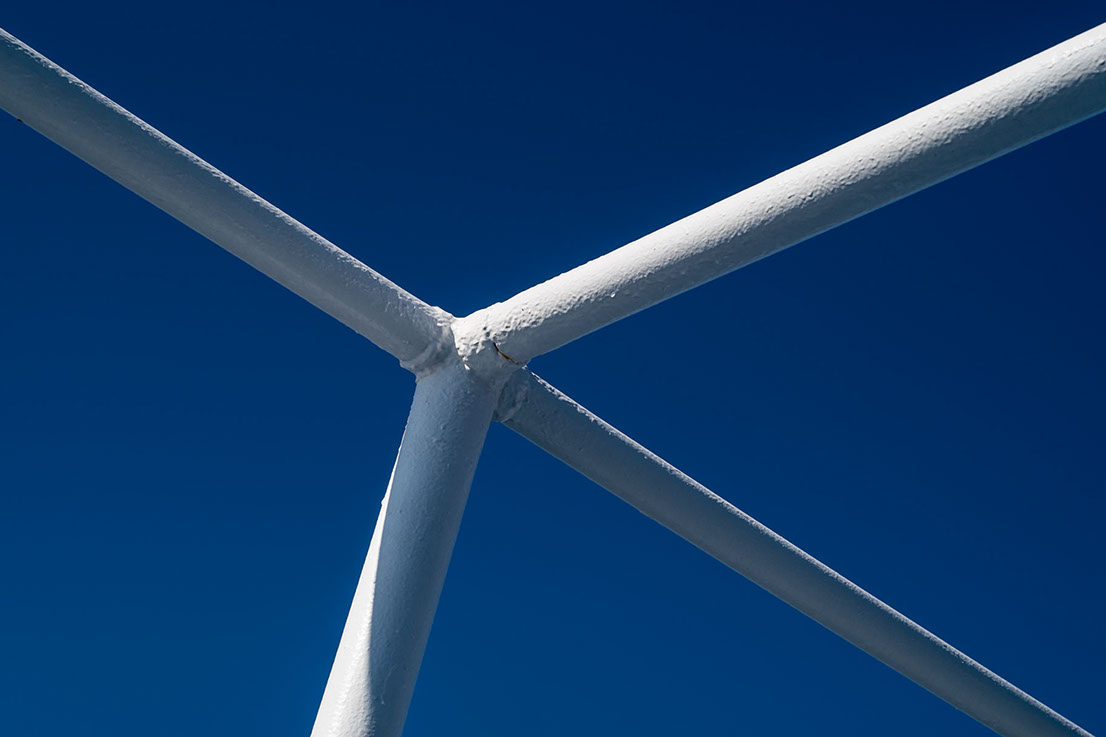
Leica M10-D with 50mm APO Summicron M
One Man's Das Wesentliche is another man's poison
(of features and functions)
I’ve had long discussions with the people at Leica over dinner and via email, and whilst the latter stages of testing is just about finding problems with a ‘finished’ product, the early stages can be much more interesting, especially with respect to new features or the removal of old ones
One particular Issue with the M10 springs to mind. In the early prototypes the ISO dial had ‘Push’ where it currently shows ‘M’, the idea being that you could then select the high ISO values in the menu.
I pointed out that there were situations (for Instance shooting a concert or an event) when you wanted to be able to set the ISO in the User Profiles rather than having to go to the ISO dial all the time.
So the ‘Push’ location became ‘M’ to allow you to set the ISO value In the menu and thus save it into different profiles. Of course the original functionality as ‘Push’ Is still there - but It’s been refined to cover other situations.
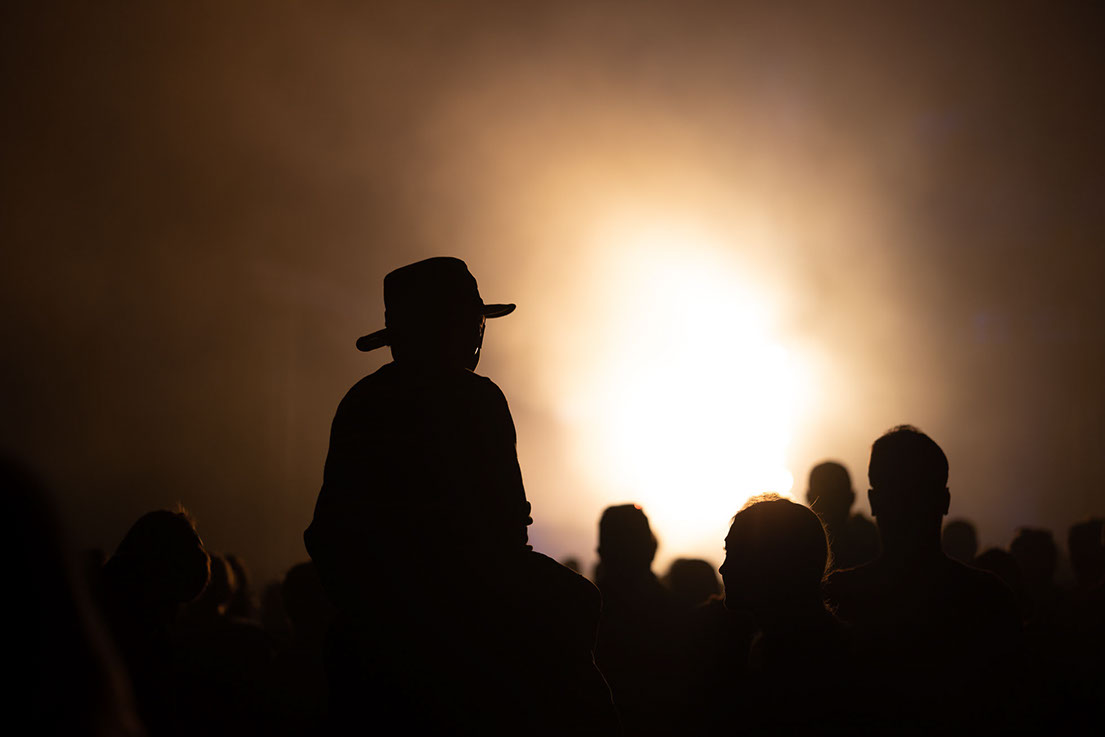
Leica SL with the 75mm APO-Summicron SL
The Problem with Features People Want
(but can't have)
Leica really do try to keep to the essence, and this is a much harder juggling act than you might imagine. I’m always getting emails from people asking me to intervene with Leica to convince them that their particular want or idea is vital to the success of a camera - these messages can often be vehement and sometimes even angry.
Indeed, I’ve had my own campaigns, for Instance (together with Sean Reid) I was certain it was vital that the R adapter for the SL should have stop down metering (like the R cameras) so that you could compose by looking through the lens at the shooting aperture. It doesn’t, it made no difference to me, and I’ve not heard anyone complain about it since the release.
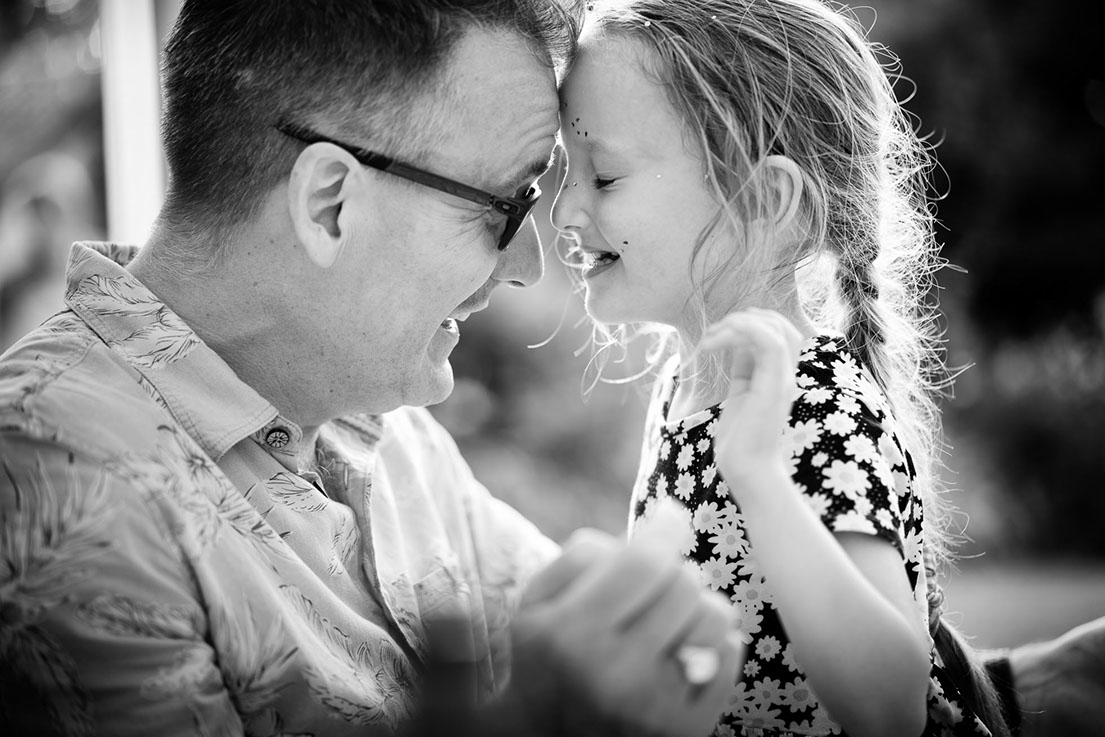
Leica SL with the 75mm APO-Summicron SL
Other manufacturers are known to ‘listen to their customers’, the result of which is to have pages of menu options, lots of which are not understood by most users, which might not matter, but it also means that it can be very hard to search through the menu and find the things which do matter.
Keeping things simple can be much harder than allowing them to become over complex.
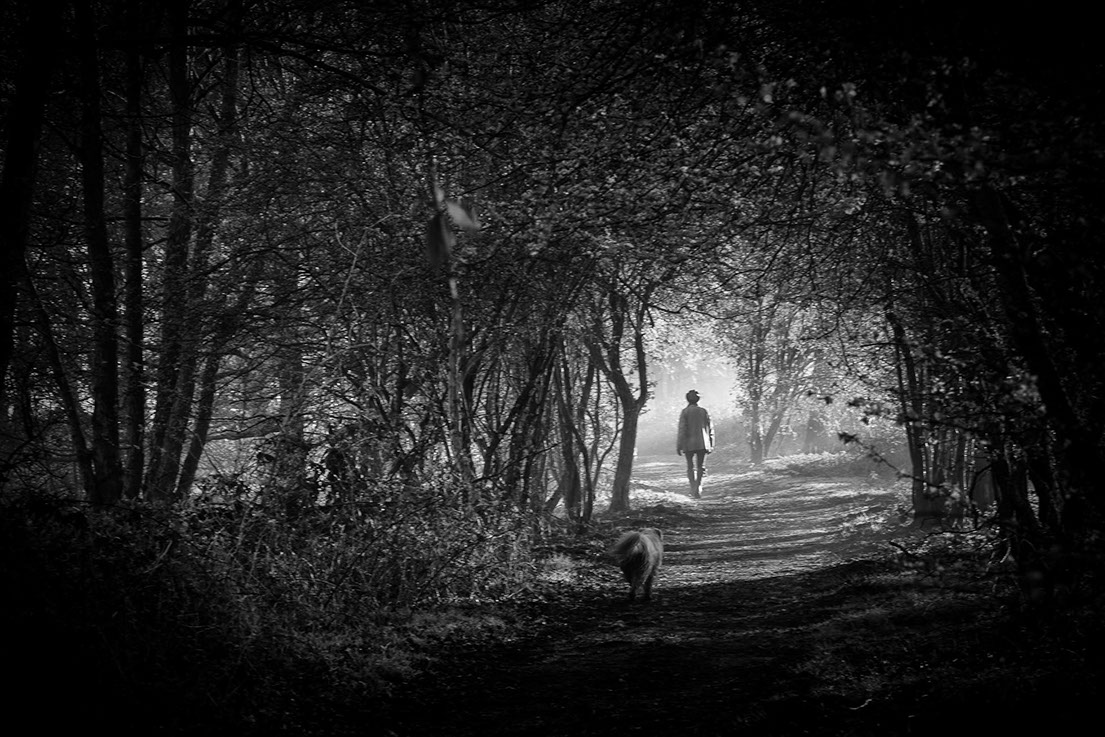
Leica SL with the 24-90 Vario Elmarit
The Problem with Features People Like
(but don't say)
and with those that they don't like
(and do say)
One problem Is that it can be hard to assess how popular a feature is, and it’s perhaps worth discussing a couple of features which were dropped from the M10, because it seemed they were not important.
1. The Level gauge
When the M10 was slimmed down, dropping the video features was pretty much a necessity and the level gauge (which only requires a small chip) was dropped at the same time.
I don’t think I’ve seen anyone complain about the loss of the video, but the loss of the level gauge proved to be really unpopular. Leica listened, and have restored it in the M10p.
I can’t remember anyone ever praising the level gauge on the M240, so it’s not surprising that Leica thought that It was unnecessary.

Leica SL with the 24-90 Vario Elmarit
2. Estimated Aperture in Exif
As there Is no electronic connection between the body and the lens of an M camera, and no mechanical way for the camera to know what has been set on the lens. Leica estimate this value when calculating the correct exposure, and when the M240 was introduced this estimated value was added to the exif Information on the files
However, Leica got complaints that it wasn’t always accurate, and I don’t think they got too many love letters about It - those of us who liked it didn’t need to mention it!
So, understandably they dropped It for the M10. Like the level gauge this caused a lot more complaints and I’m pleased to say that it’s been re-introduced in a recent firmware update to the M10.

Leica M10-P with 50mm APO Summicron M
3. Auto ISO with Manual Exposure
This is one is close to my heart, and is a good example of a situation where a well meaning discussion can cause unintended results. I wasn’t party to the original conversation which was around the time of the M240 development.
The argument was that the situation with the M9 was illogical, and that if you chose a specific shutter speed (rather than A) then you wanted to shoot with manual exposure, and you wouldn’t want to use Auto ISO, so, to prevent accidentally correcting the exposure you had chosen, Auto ISO was switched off when you moved away from the A on the shutter dial.
Philosophically speaking this might have seemed valid and the firmware of the M240 was changed accordingly and Manual Meant Manual, of course there are situations when you would want to have a fixed ISO.
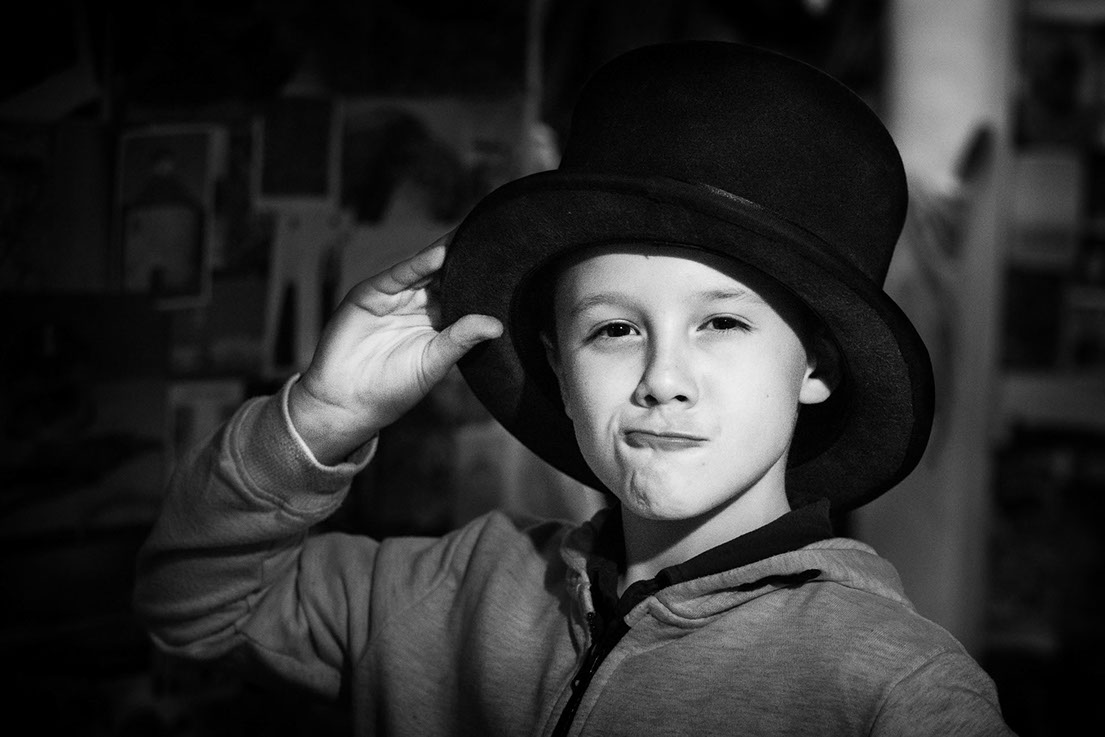
Leica SL with the 24-90 Vario Elmarit
On the other hand, there are plenty of difficult lighting situations (a concert for instance) where it can be very useful to fix an aperture and shutter speed (the widest and longest you are likely to get away with) and allow the auto-iso to correct the exposure.
Fortunately Auto ISO with Manual exposure selection was put back as an option In a firmware update.
With the development of the M10 ISO was considered to be an equal element of exposure and hence the addition of the ISO dial. Like many users I have added the fourth component of exposure (Exposure Compensation) to the rear dial on the M10
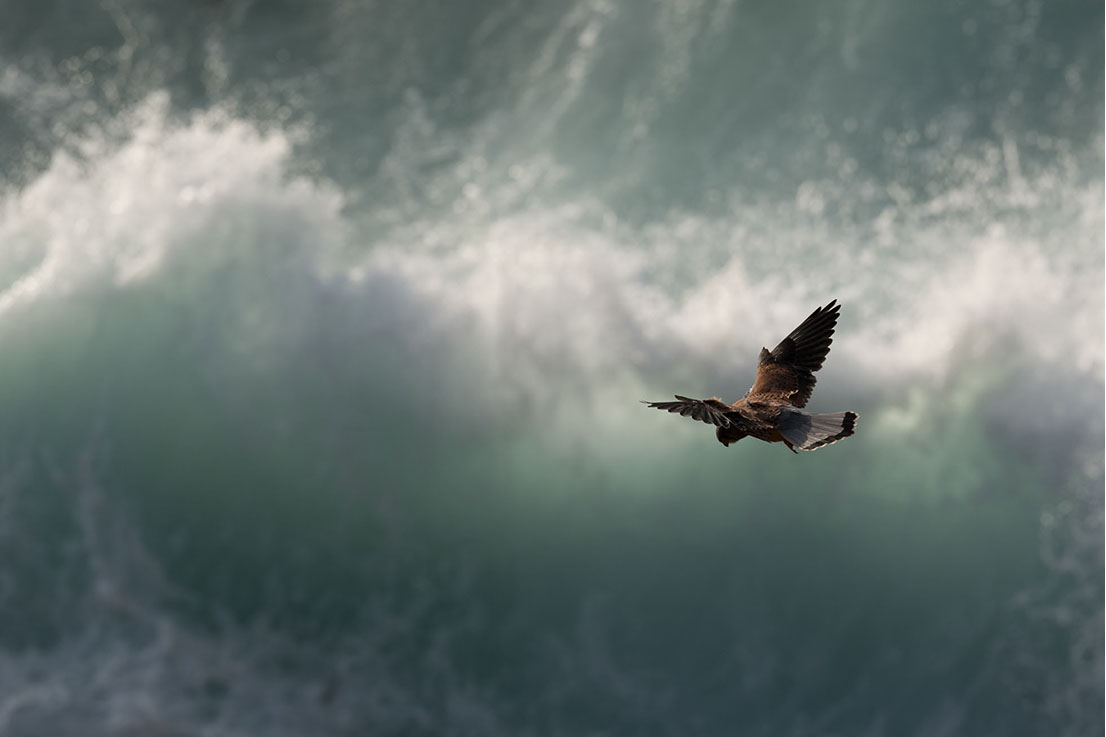
Leica SL with the 90-280 Vario Elmarit
A kestrel hovering over surf in Cornwall
Keeping Fit (and knowing what's what)
Very often I feel that I would like to get rid of everything else and concentrate just on shooting with my M cameras - it gives me most pleasure and I seem to take better photographs.
On the other hand It’s really important to understand what’s going on in the rest of the photographic world, and anyway, it’s always fun to play with a new gadget!
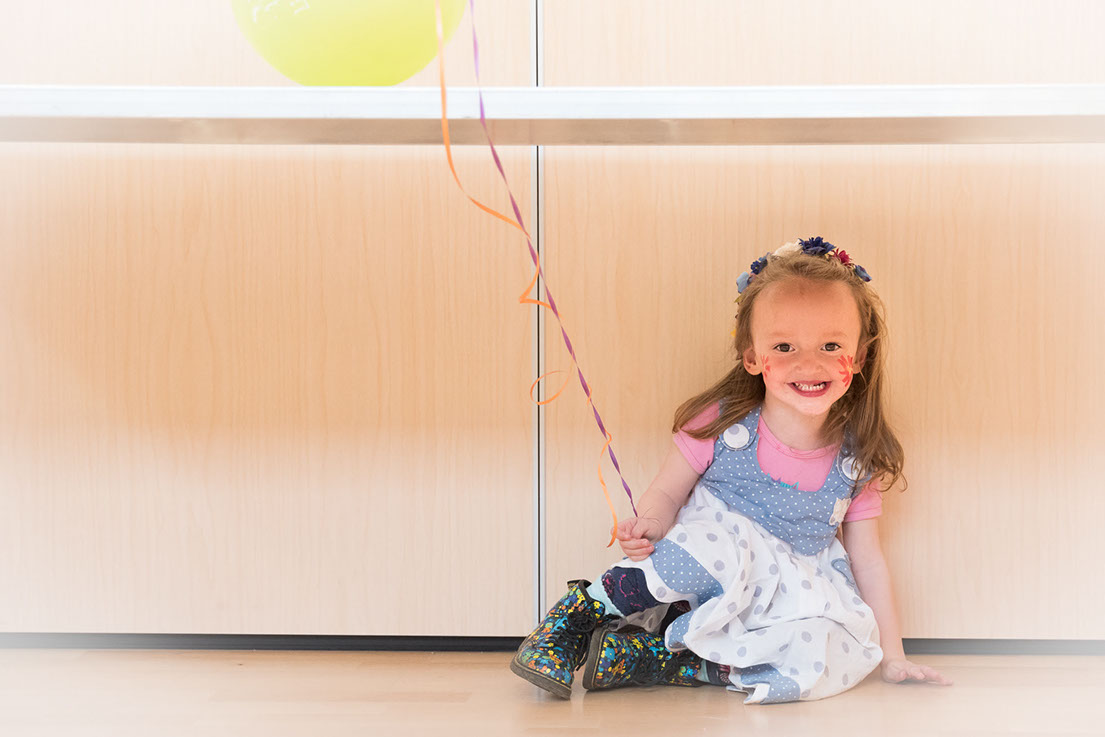
Leica SL with the 24-90 Vario Elmarit
In the last couple of years I’ve owned and shot with:
- Sony A7ii
- Olympus OMD E-M1 mark ii
- Nikon D500
- Nikon D810
- Nikon D850 (loaned)
- Sony R-10 iv
- Fuji X-Proii (loaned)
- Fuji X-T1
- Fuji X-T2
- Panasonic Lumix G9
Fortunately this is not too expensive if you buy well and sell carefully! Some of these cameras I’ve really liked, some I’ve found unaccountably irritating but what they all have in common is that they all take good photographs.
While all of these cameras have a distinctive ‘dna’ they all appear to be playing catchup with each other, with variants of the same technology appearing in each manufacturer’s output. Even Canon and Nikon have just capitulated and bought out full frame mirrorless cameras.
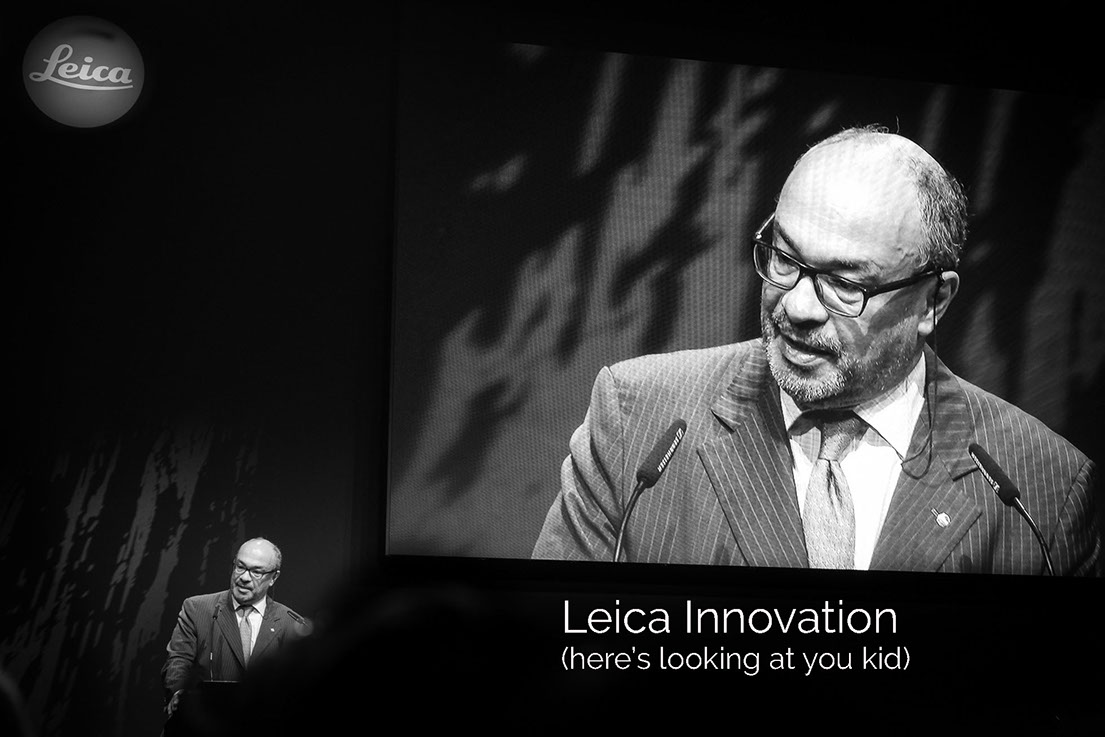
Leica M10 with the 50mm APO Summicron M
I understand that development of the Leica SL started even before the appearance of the Sony A7.
I can still remember the breathless excitement of opening the box and looking at the Bauhaus like design with the button layout . . . No Manual, and no writing to help me figure it out.
It’s interesting to compare the specifications of the new cameras from Nikon and Canon and to see that in many respects the SL is still just as good, Indeed, in some respects the SL is still the best mirrorless camera available (notably the viewfinder and lenses).

Leica SL with the 75mm APO Summicron M
I find it rather sad that internet sites are singing the praises of Nikon and Canon for being innovative, whereas the response to the SL 3 years ago was often really critical (big and expensive springs to mind).
But this isn’t the only example of Leica being excitingly innovative. The APSc cameras are a perfect example of technology and imagination, with the TL cameras having a radical new Interface design and the CL similar specifications but with a more classically inspired Interface.
Ironically, it’s with their oldest offering that Leica seem to be most determinedly radical,
but all the experimentation is done around the original concept of the M camera, with the mechanical rangefinder. Who but Leica would have dared to bring out a monochrome camera, or, indeed, one with no screen.

Leica M9 Monochrom with the 50mm APO Summicron M
The Development of the Leica M mount
- An SL like external EVF
- An electronic shutter for true silent shooting
- Single framelines for each lens
- Extra information in the rangefinder
- A tilt and twist rear LCD
For me at least the digital Leica M represents the perfect photographic tool, small and inconspicuous with wonderful lenses it can be used for almost any photographic task. However, I think there is still room for lots of future development without spoiling its core values, for example:
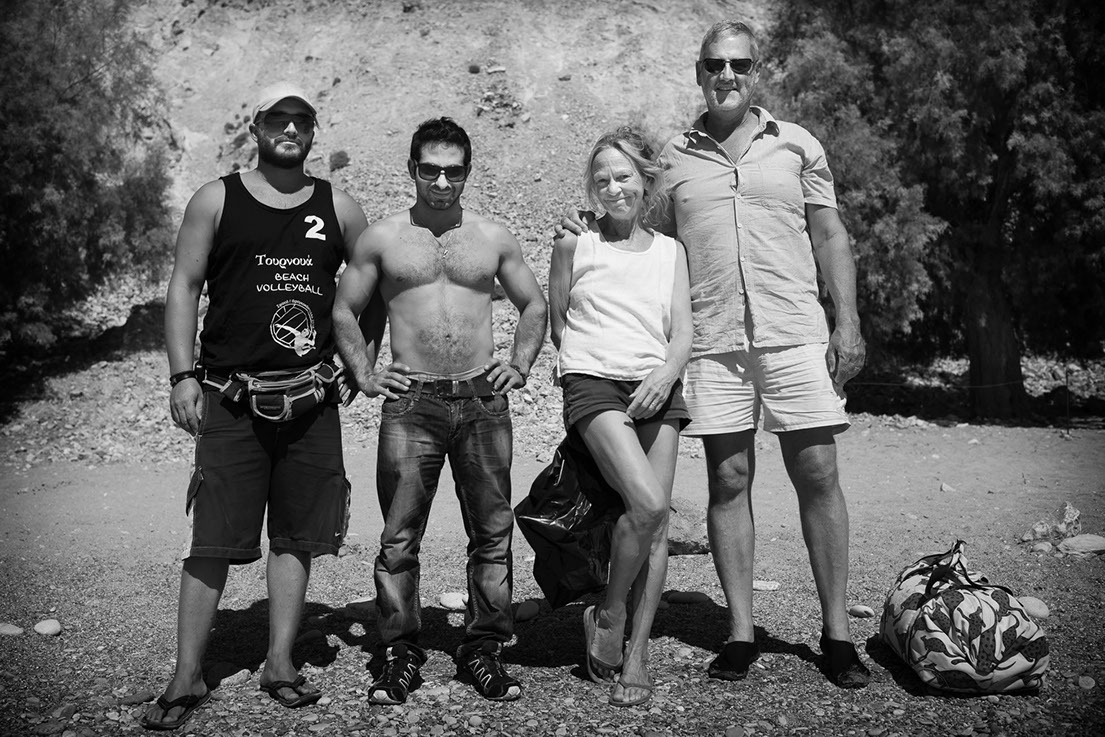
Leica M10 with the 35mm Summilux M (FLE)
I see so many requests for an M mount camera with an electronic viewfinder, both on the internet forums and with personal messages and emails. But it makes no sense to me. I understand why people want it, but it would miss so many opportunities, and it would also cannibalise sales of the rangefinder M.
On the other hand I do think there really is an argument for a small L mount full frame camera which would be good to use with the M lenses and also with the SL and TL lenses (a QL perhaps?). To my mind the M camera means Rangefinder, and anything which changes that changes it to something else.
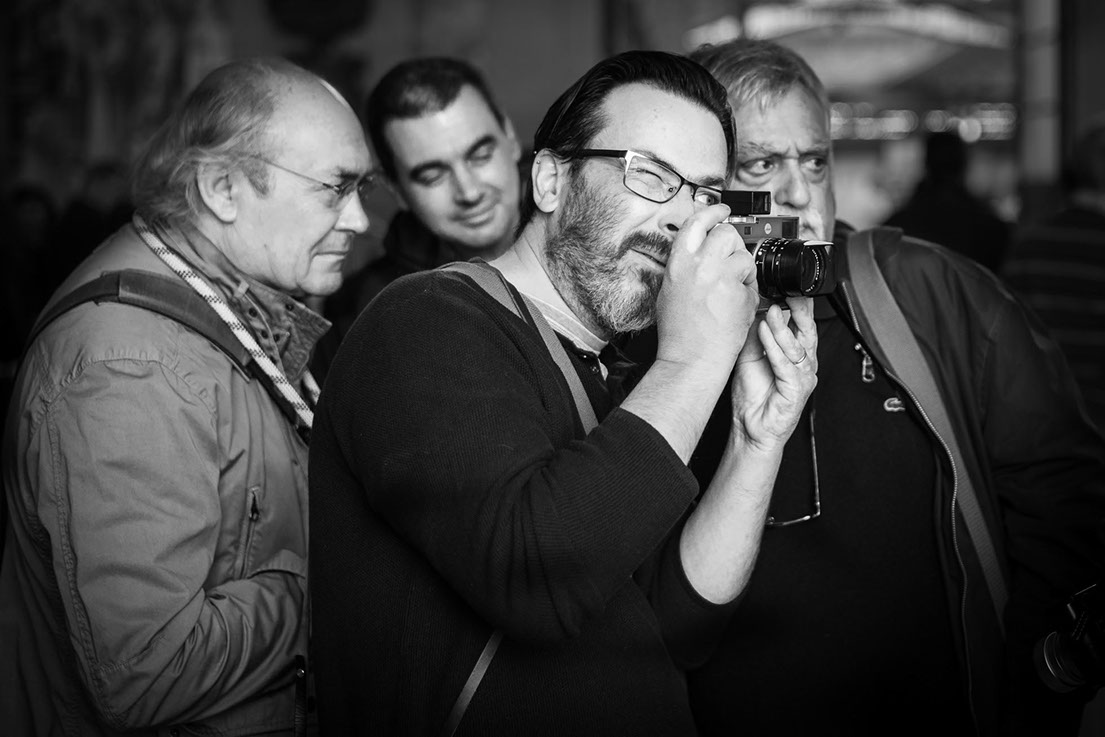
Leica M10 with the 35mm Summilux M (FLE)
The Development of the Leica L mount
The SL was in development before the Leica T, so that when it came to design a new mount, Leica, unlike Sony, designed it for full frame sensors with a wide 51mm lens mount and a 20mm register distance.
This was a farsighted decision, making it easier to design good quality lenses. Nikon and Canon have both designed new lens mounts for their full frame mirrorless cameras for the same reasons.
This image is one I’m really proud of, it was taken in Porto, and Rui Palha and Luis Borges Alves seem to be behind . . not Thorsten Overgaard!
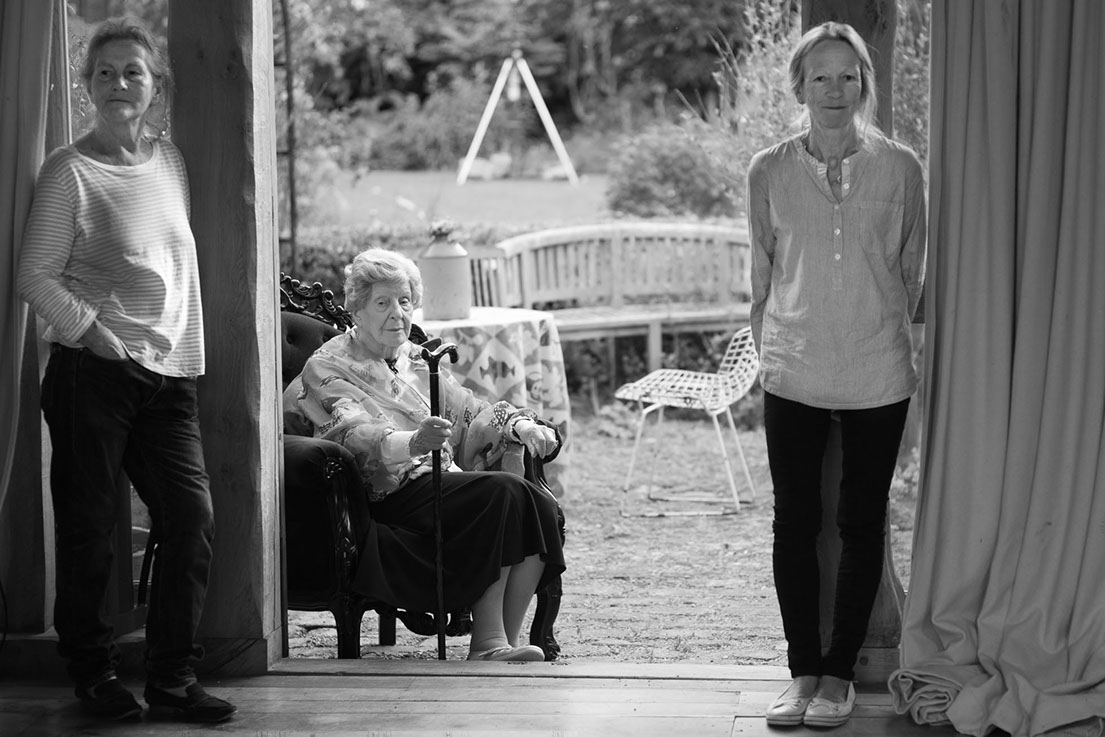
Leica M10 with the 75mm APO Summicron
The recent announcement of the collaboration between Leica, Panasonic and Sigma using the Leica L mount is the culmination of this development. Leica have been collaborating with Panasonic successfully for many years, and not just for compact cameras,
I have read concerns that the SL2 will simply be a clone of the Panasonic S1, but although I imagine that Autofocus and sensor technology will be shared (and hopefully image stabilisation as well). I’m quite confident that the next Leica camera will be a worthy successor to the SL and no clone.
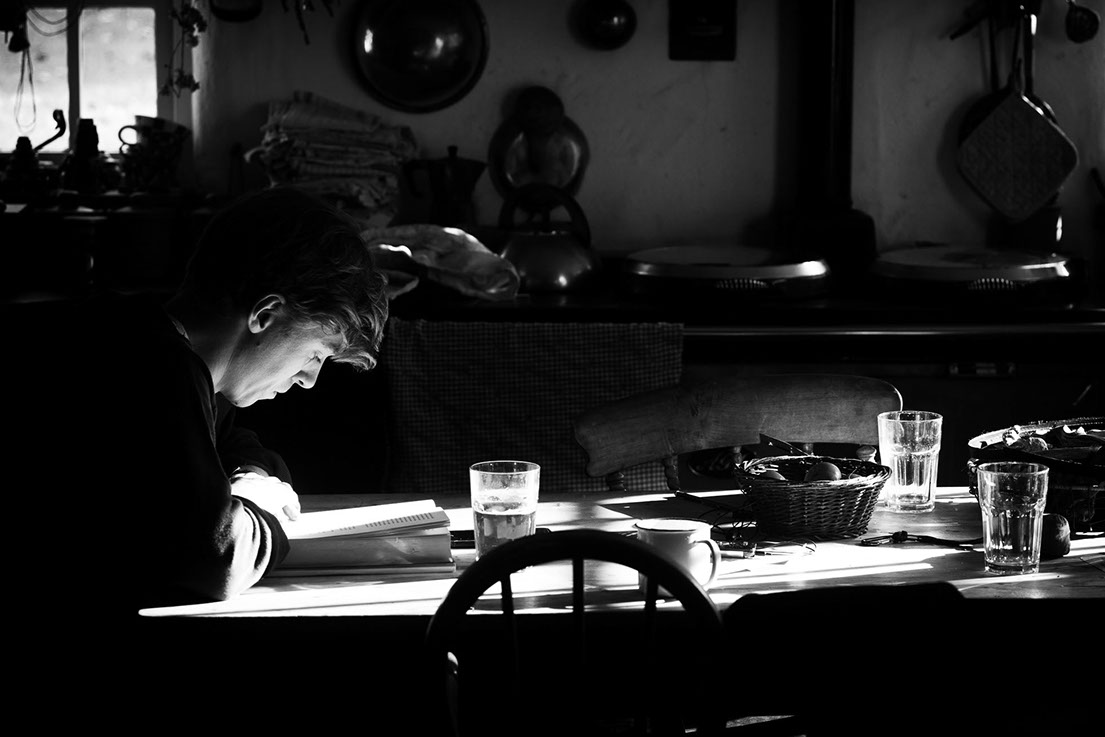
Leica M10 with the 90mm macro Elmar M
The adoption of the L mount by the 3 companies will create a number of different camera bodies for different situations and also means that there will quickly be a large lens ecosystem from economical zooms all the way up to the very best primes. I have read that Sigma are planning to bring all their Art series of lenses to L mount during 2019, and hopefully some of their excellent long telephotos for wildlife and nature
Some people are very excited by the video expertise that Panasonic brings whilst others are drooling over a Full frame Foveon camera.
Personally I’m looking forward to a new Leica SL2 with faster autofocus and in body image stabilisation
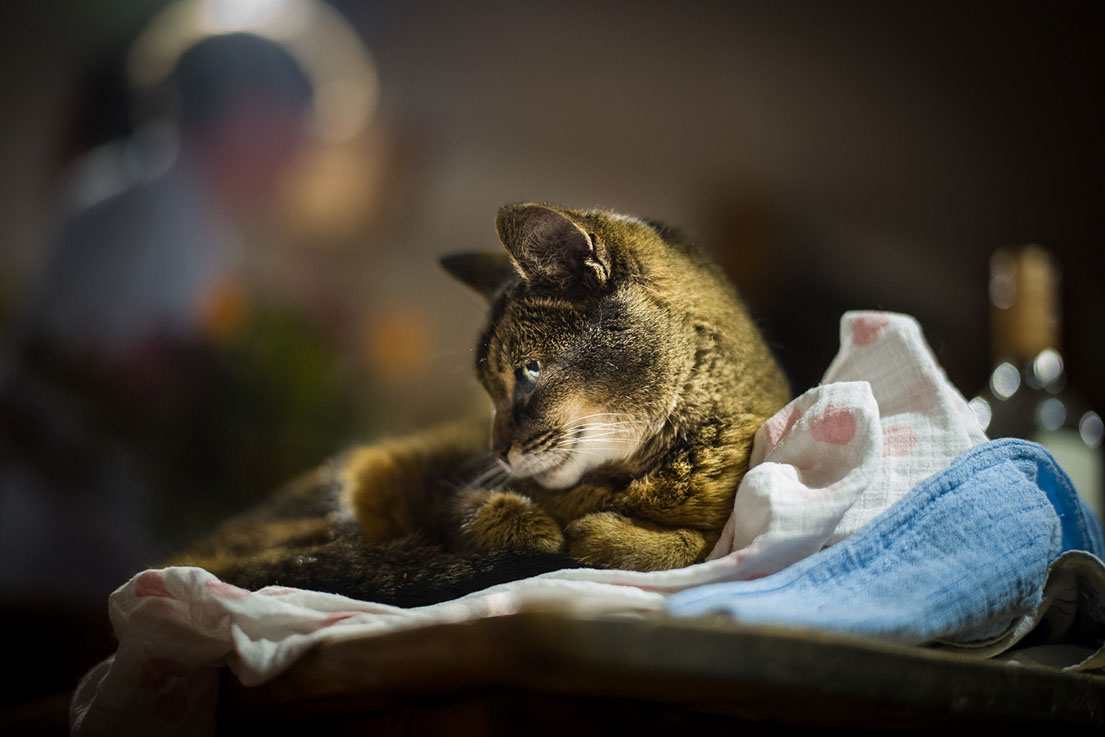
Leica M10 with the 50mm Summilux Asph M
With the M legacy, the S range of medium format cameras , The SL, the APS-C cameras and the wonderful compact Q together with the C-Lux, D-Lux and V-Lux Leica have all the bases covered.
We live in exciting times.
